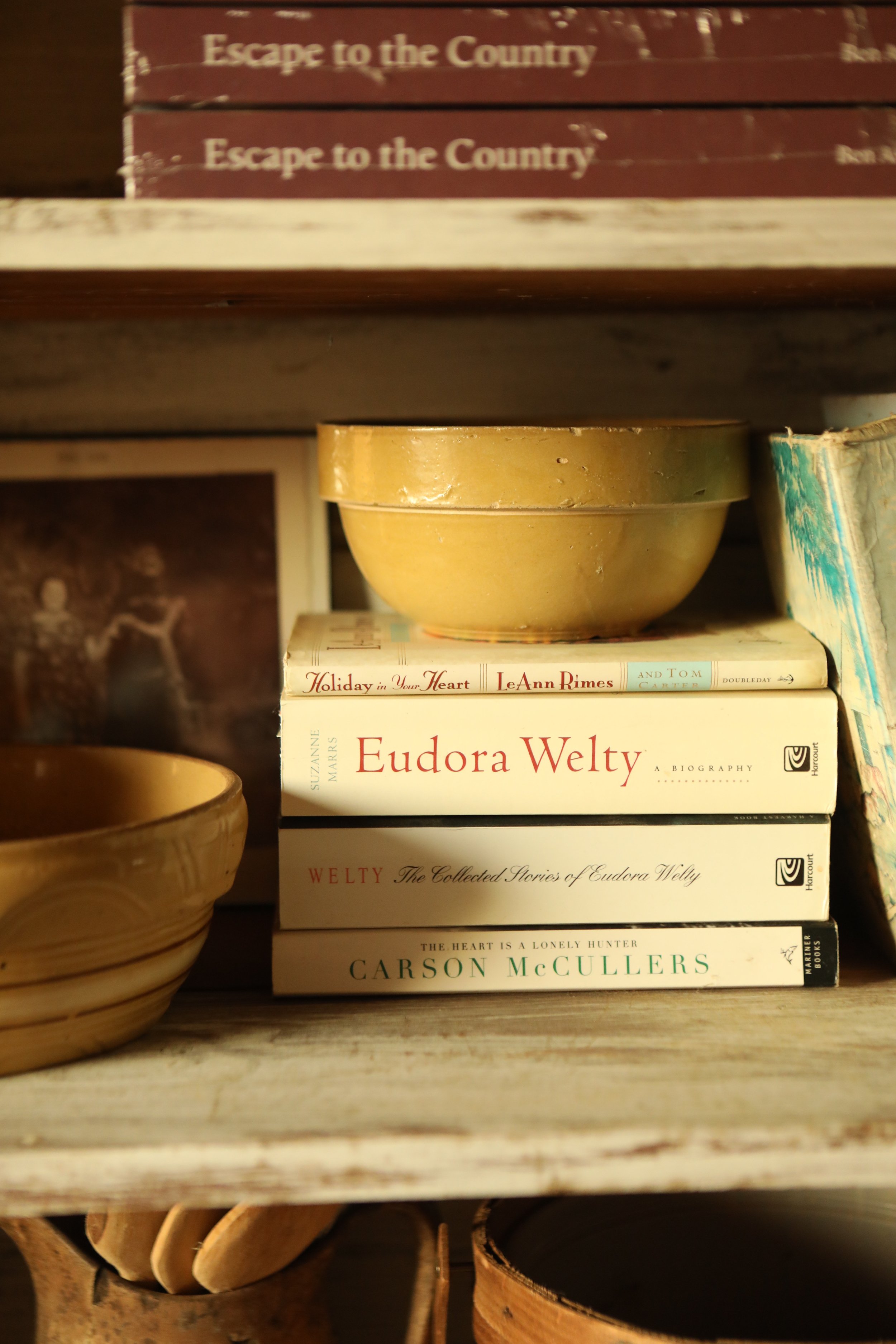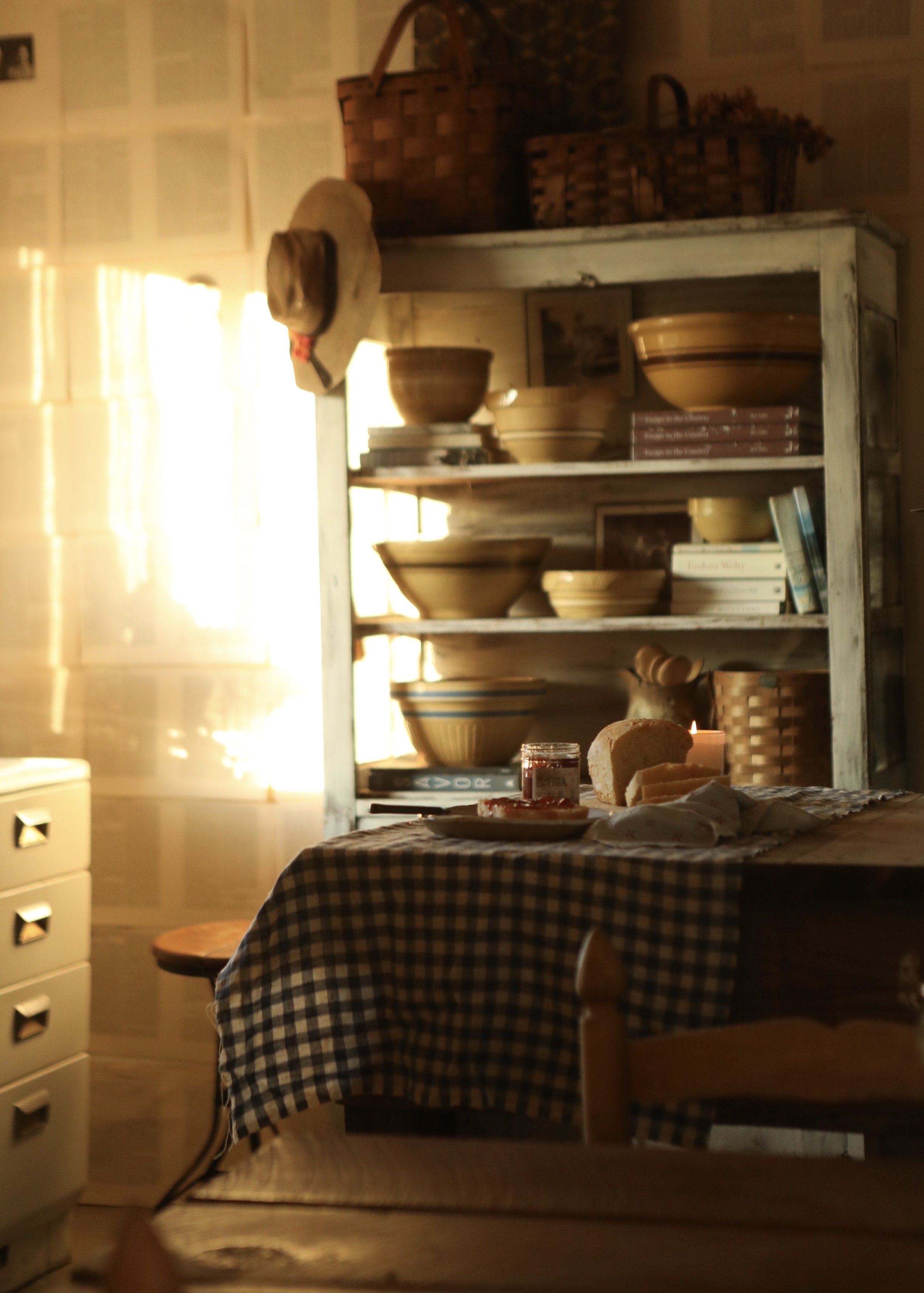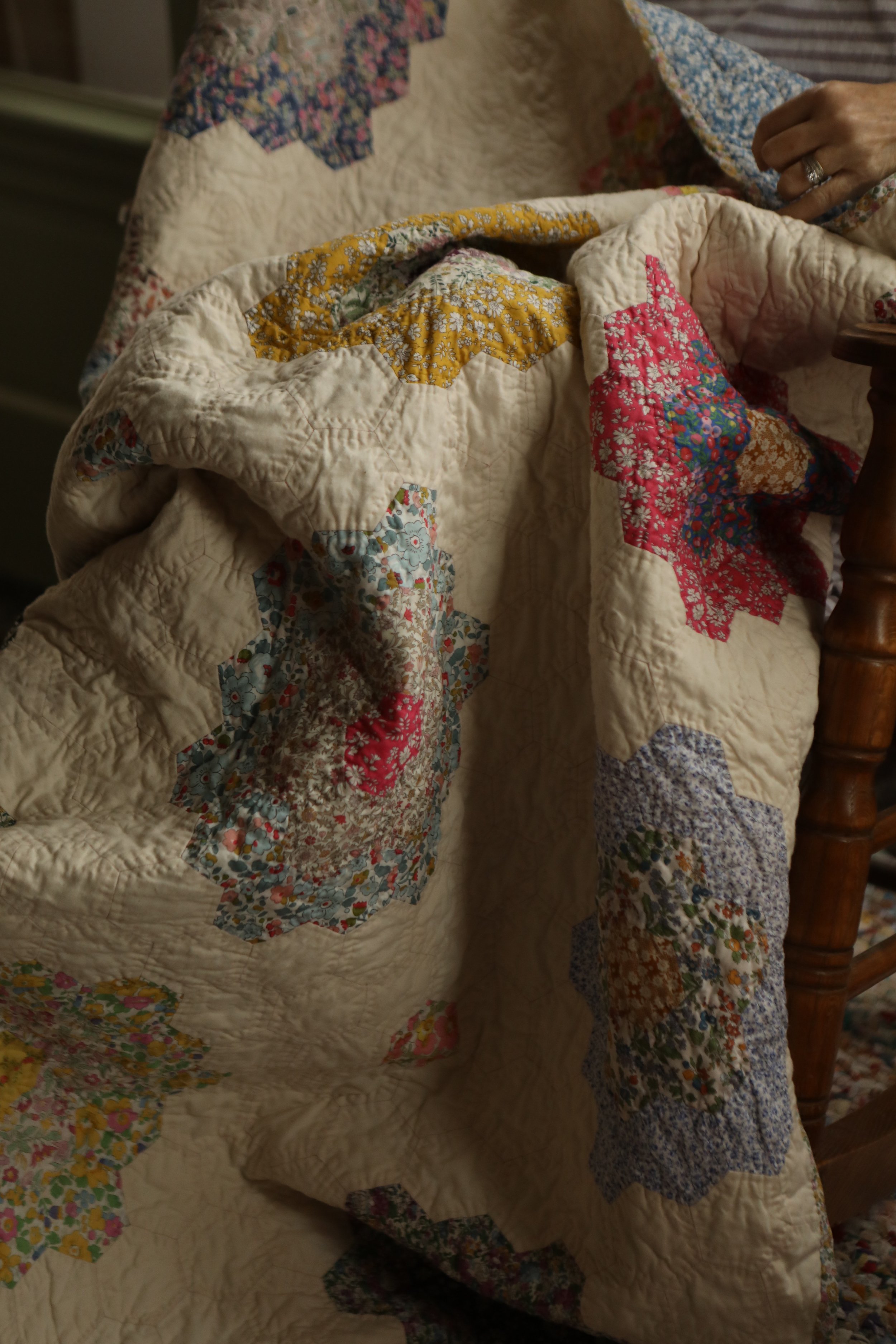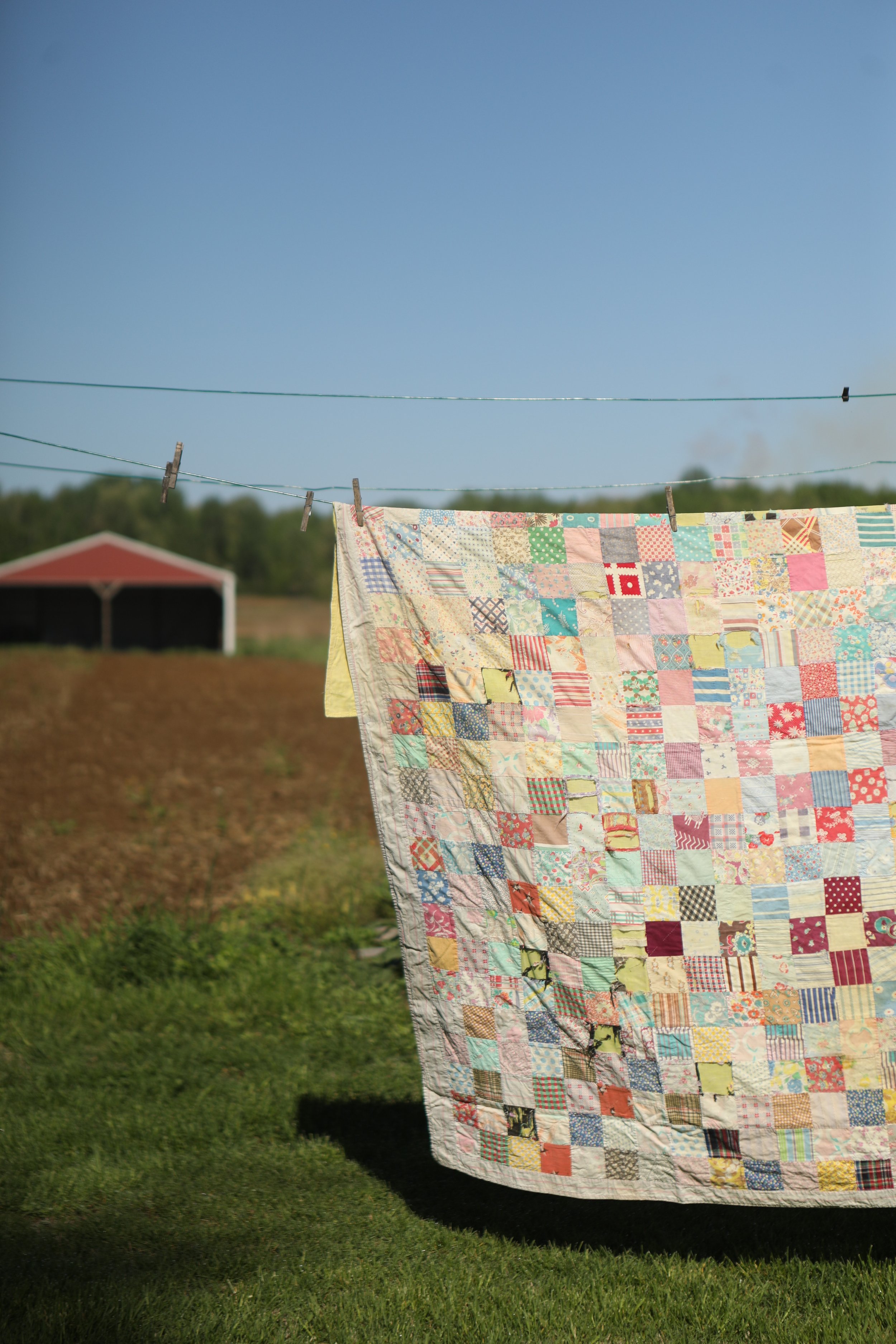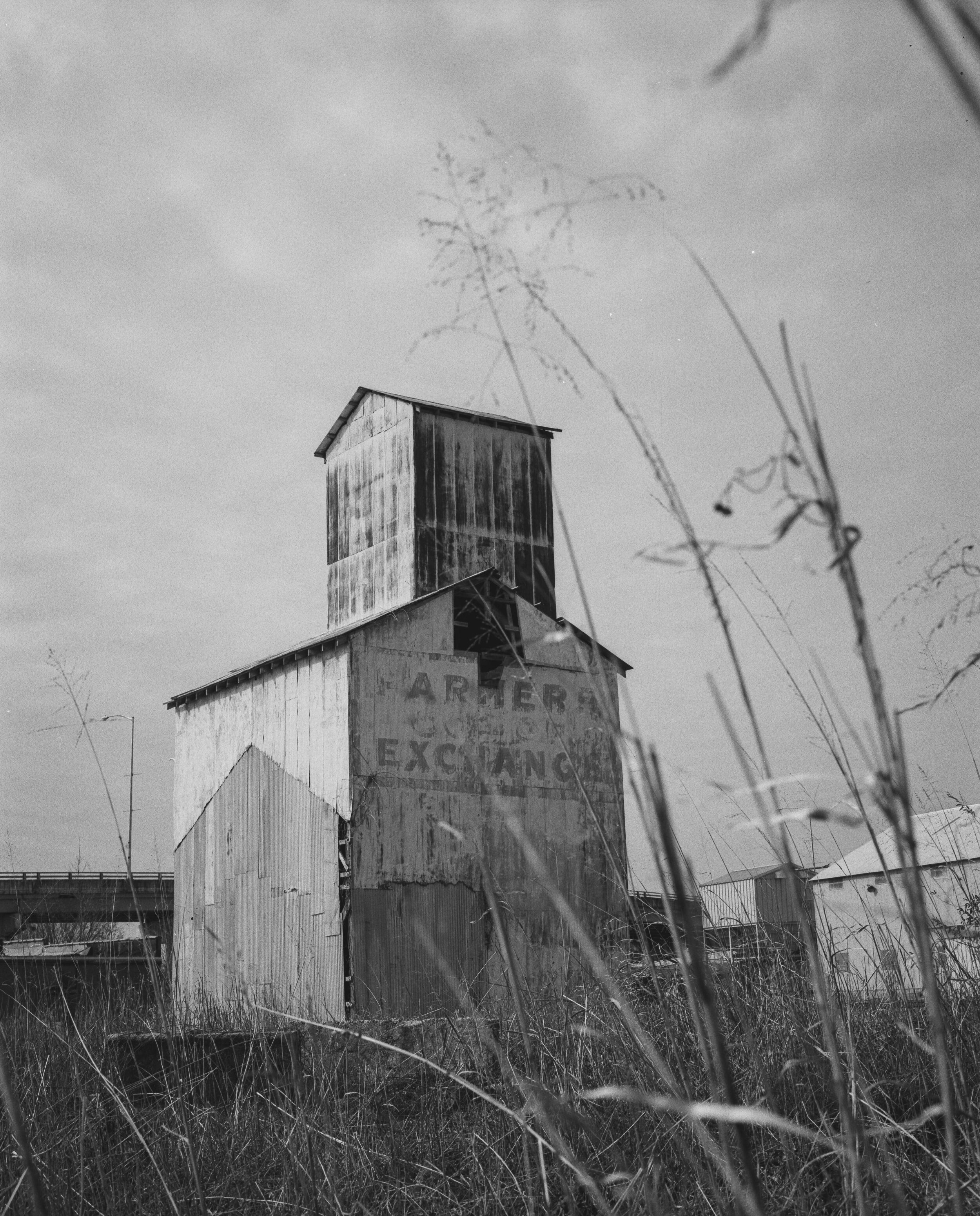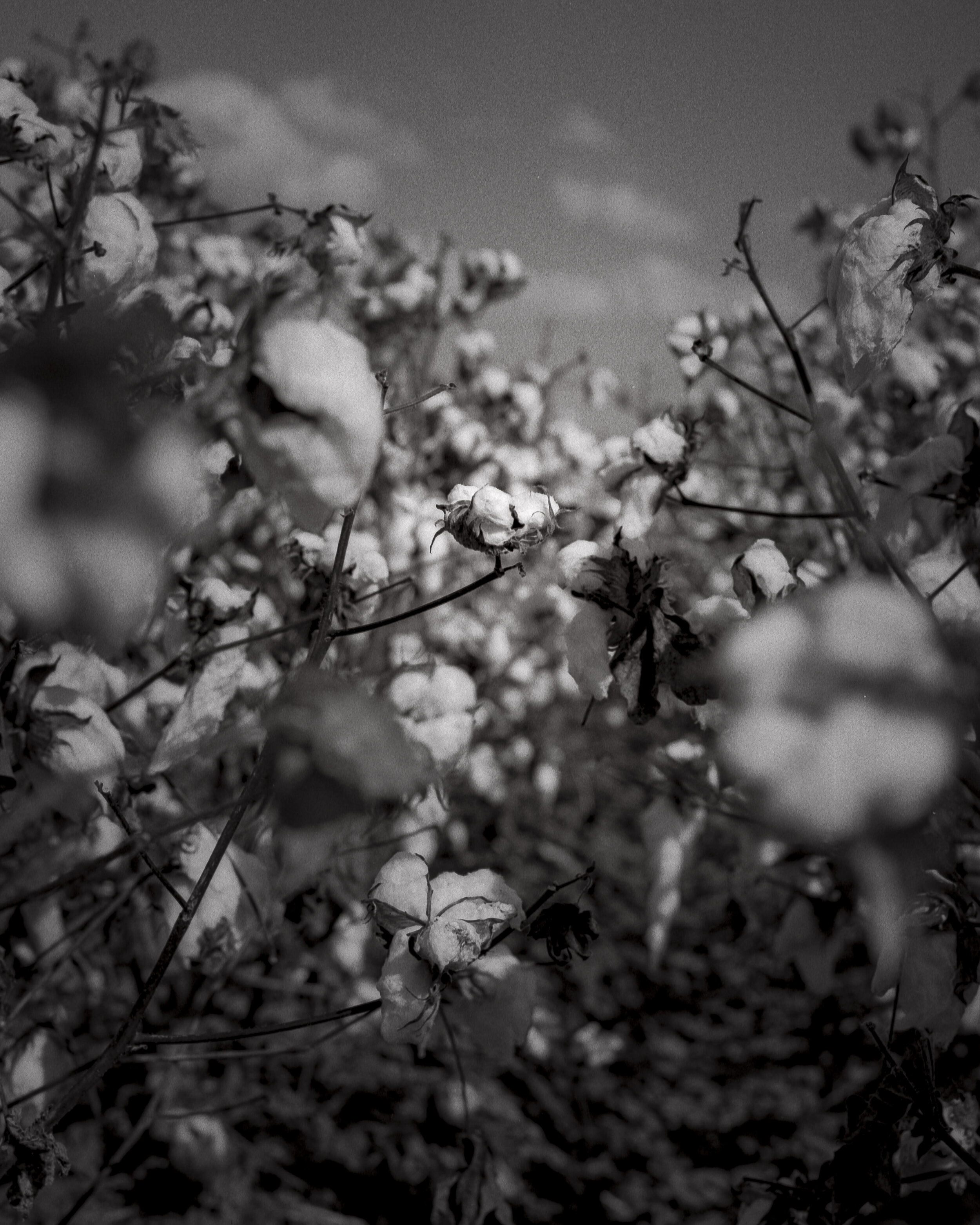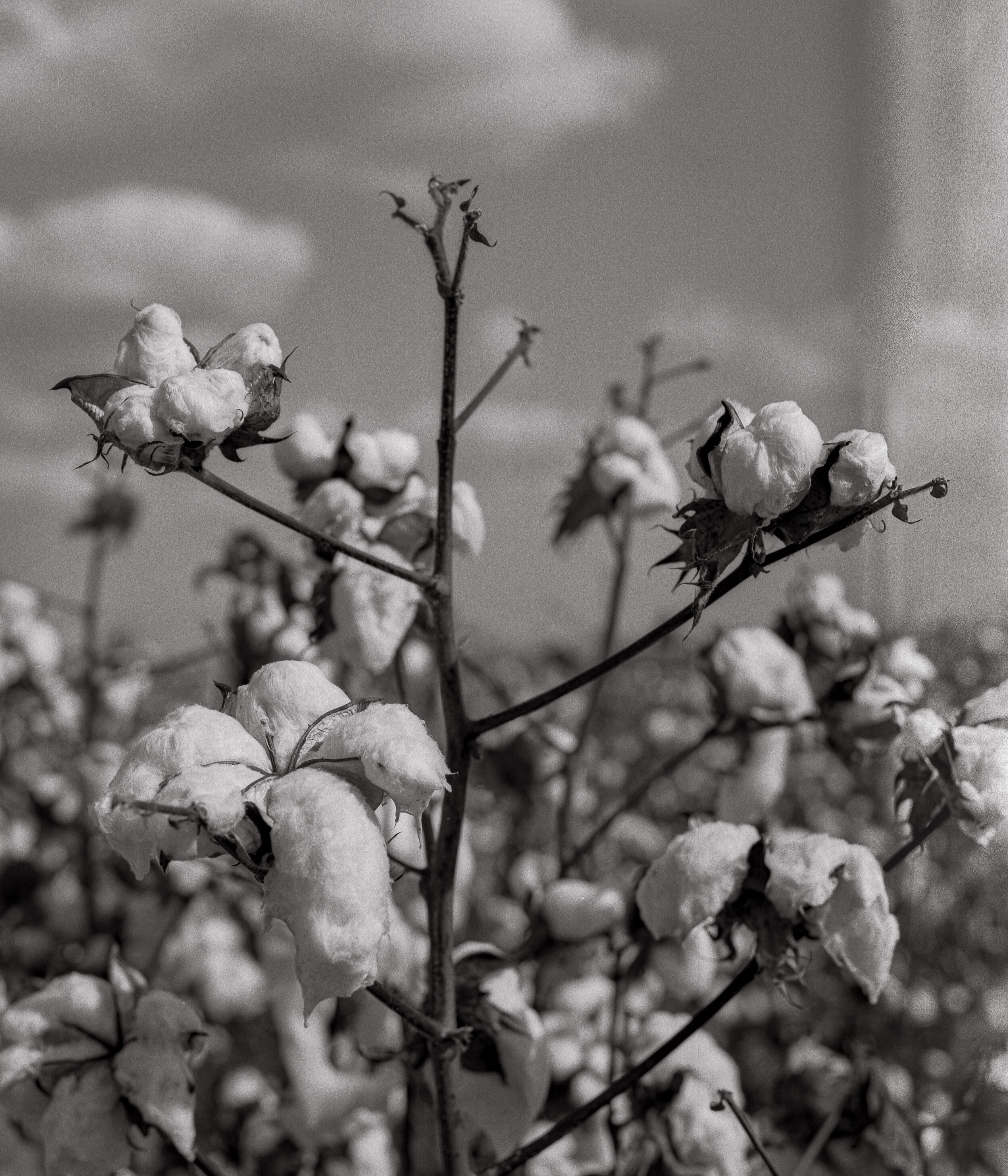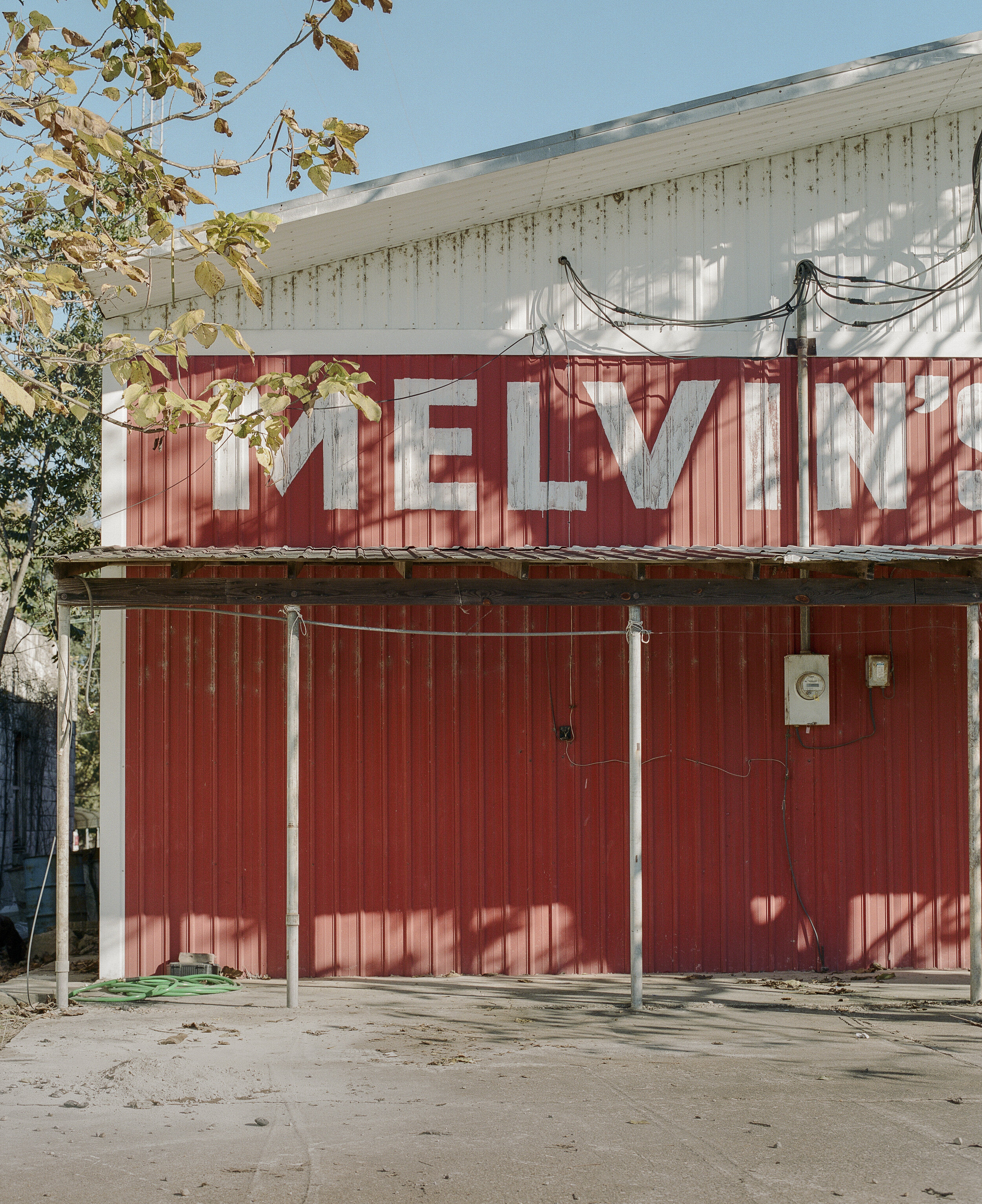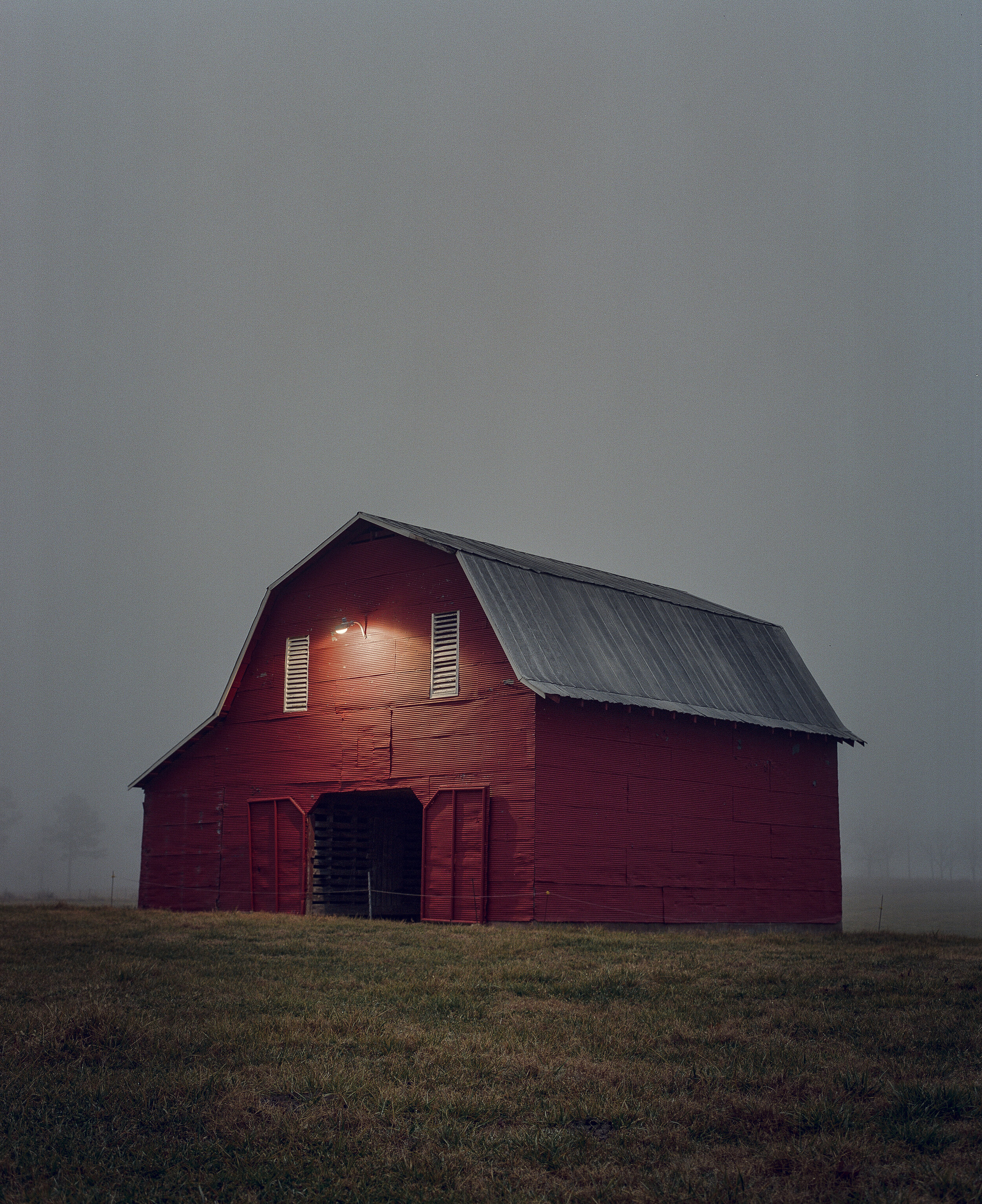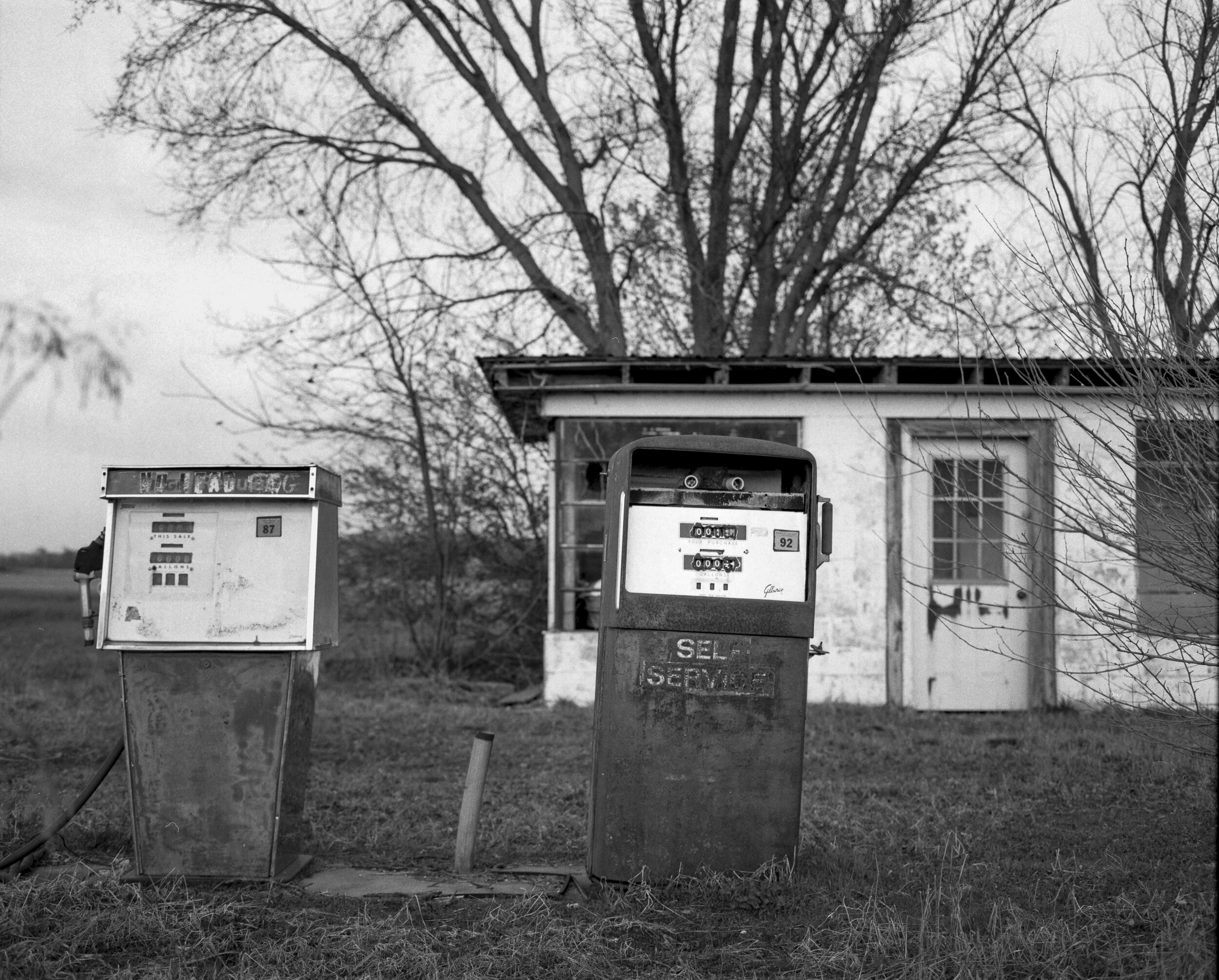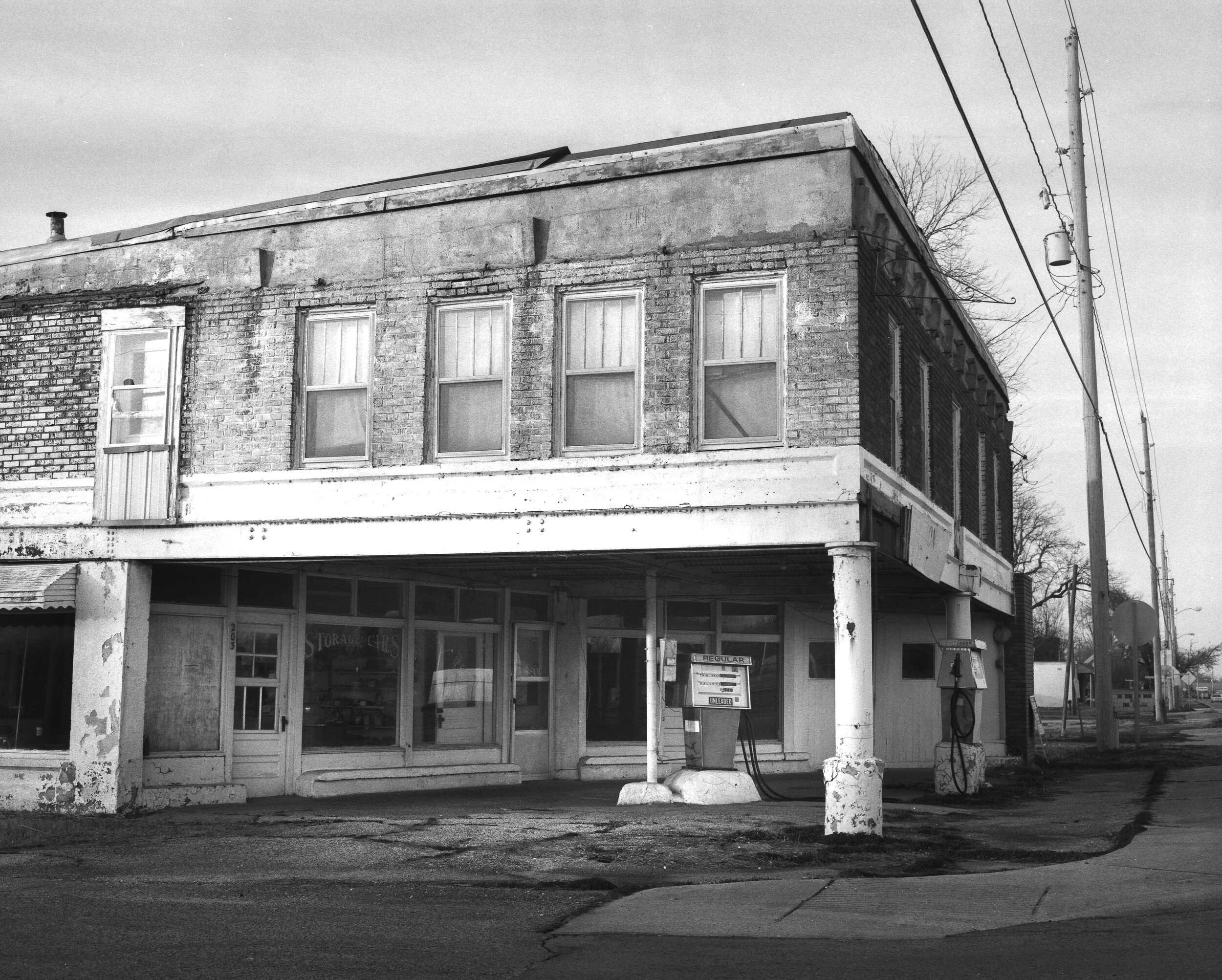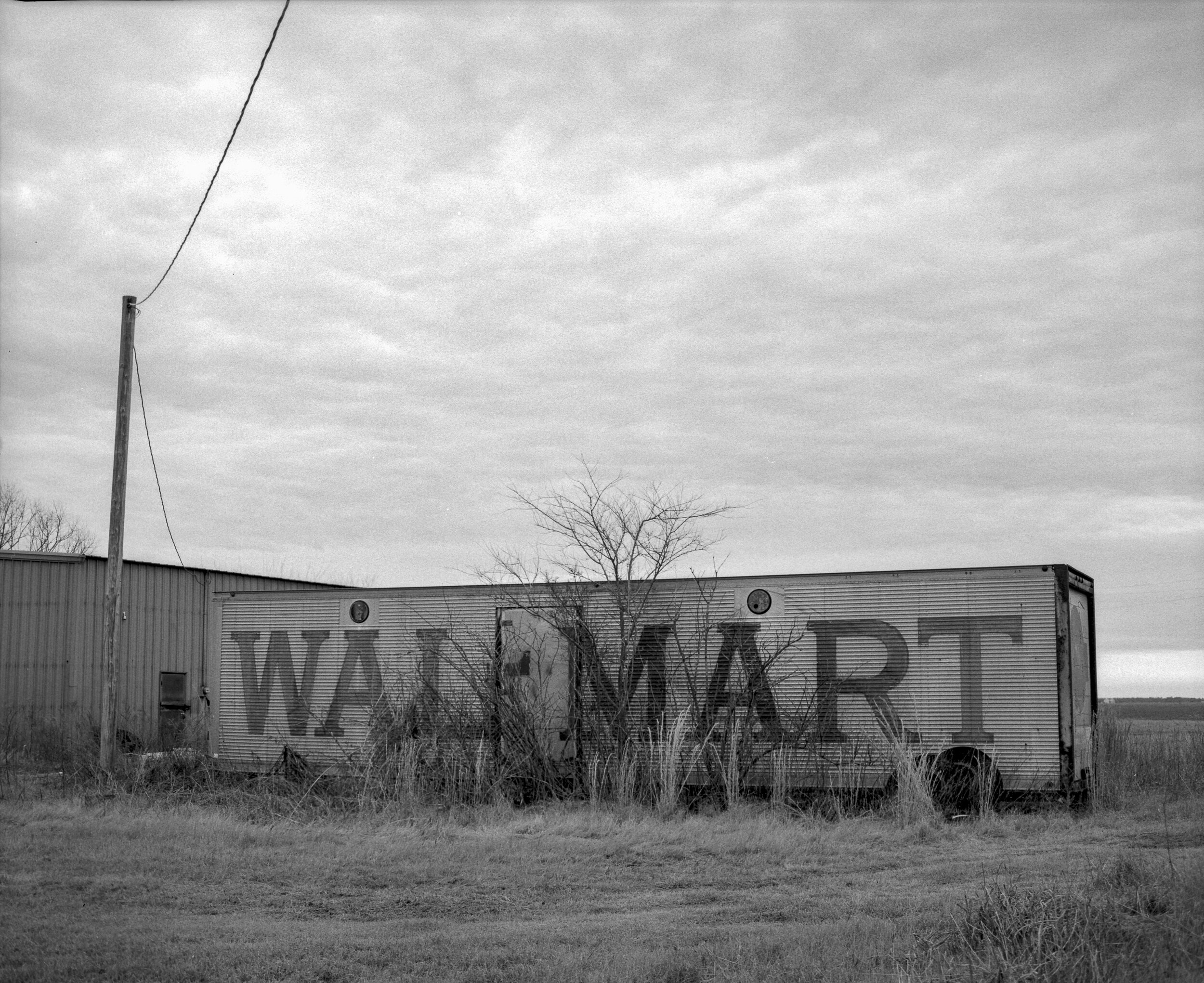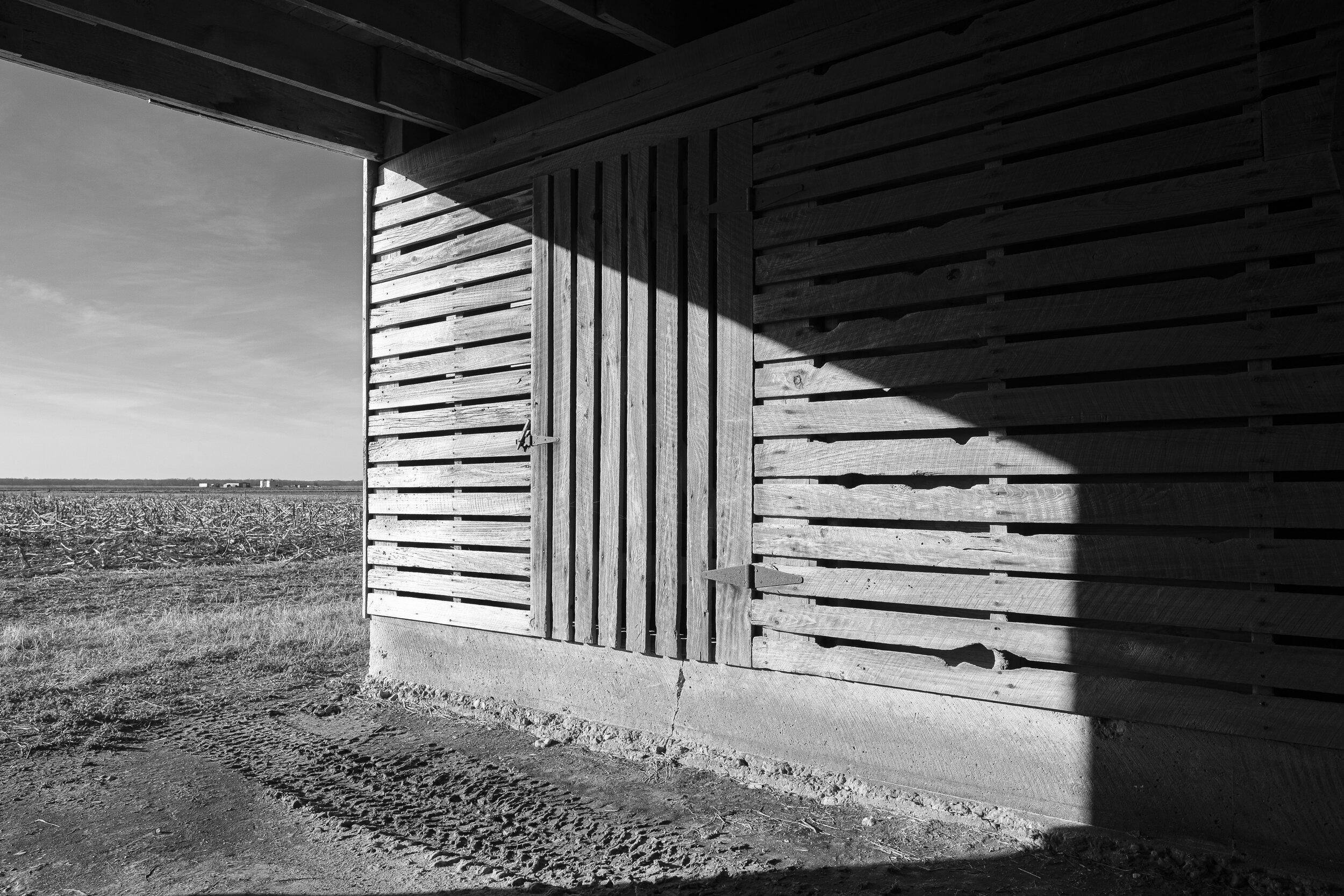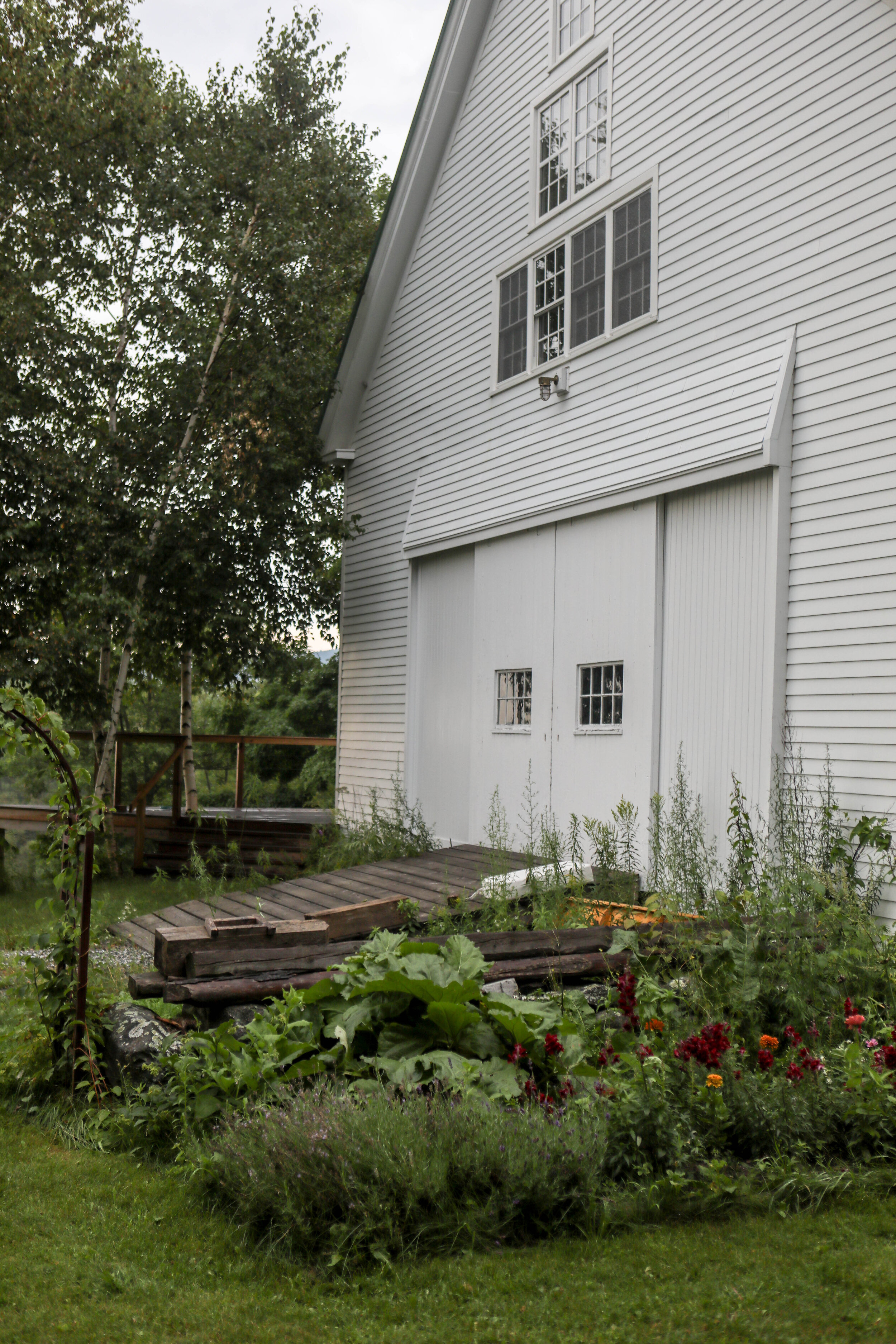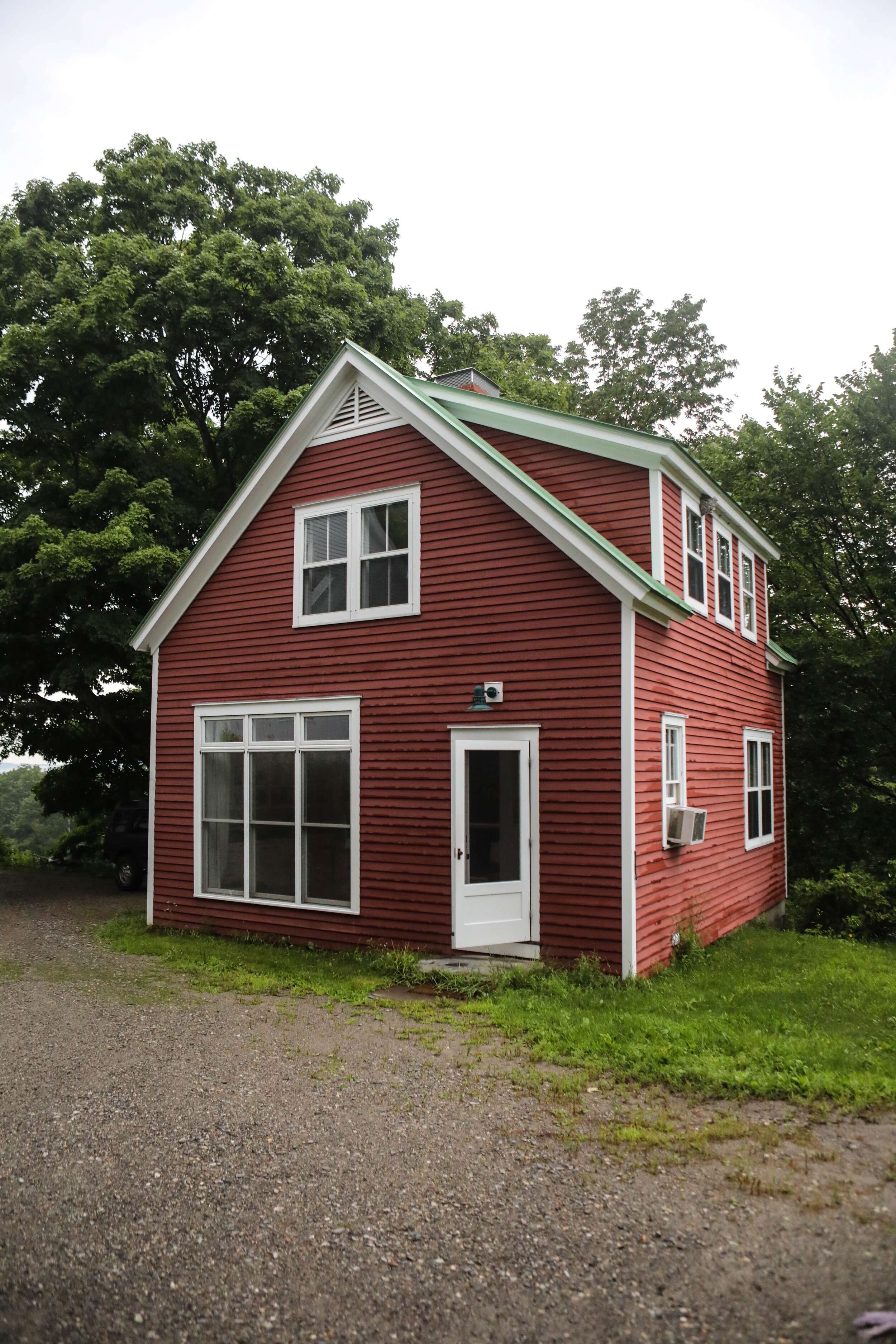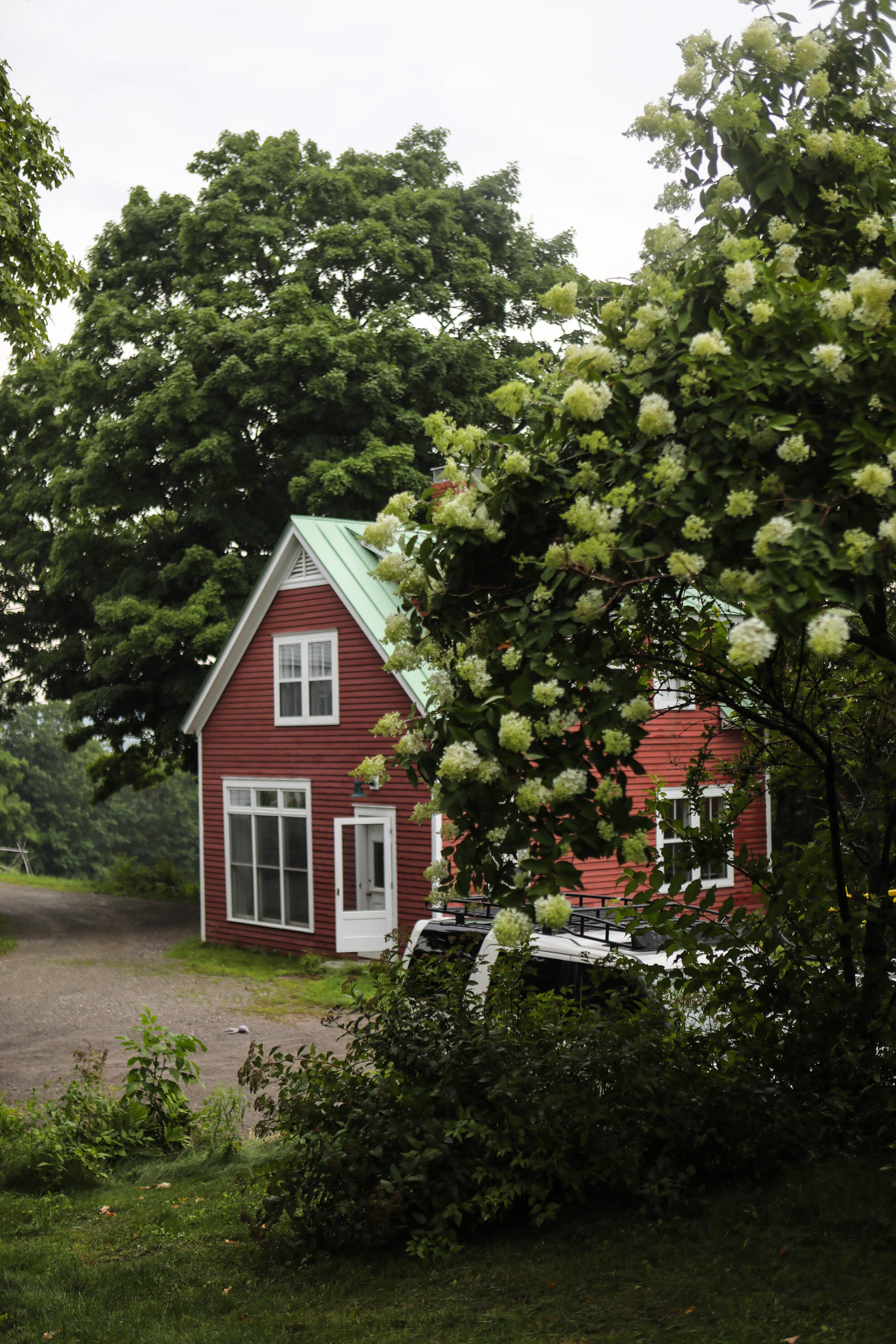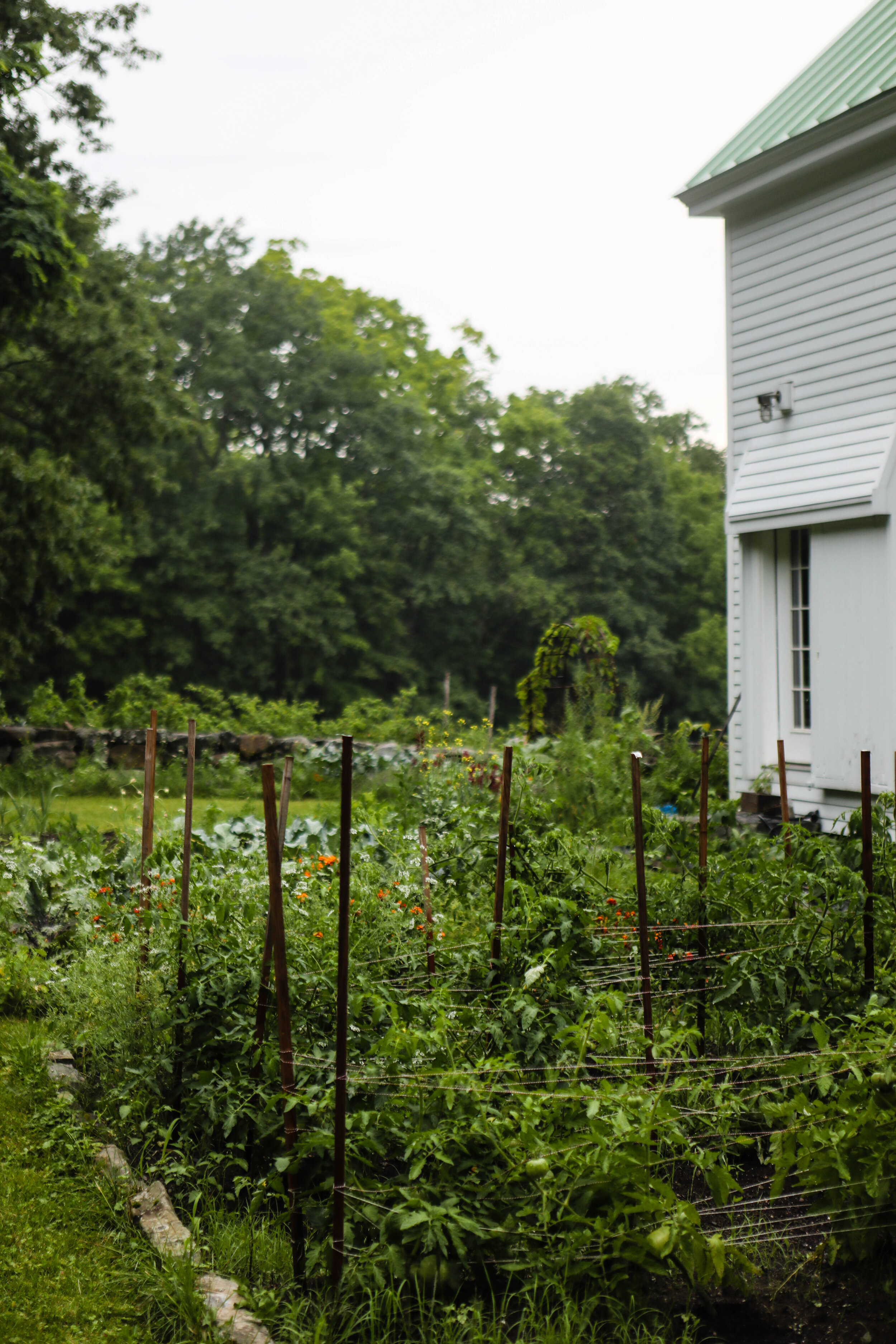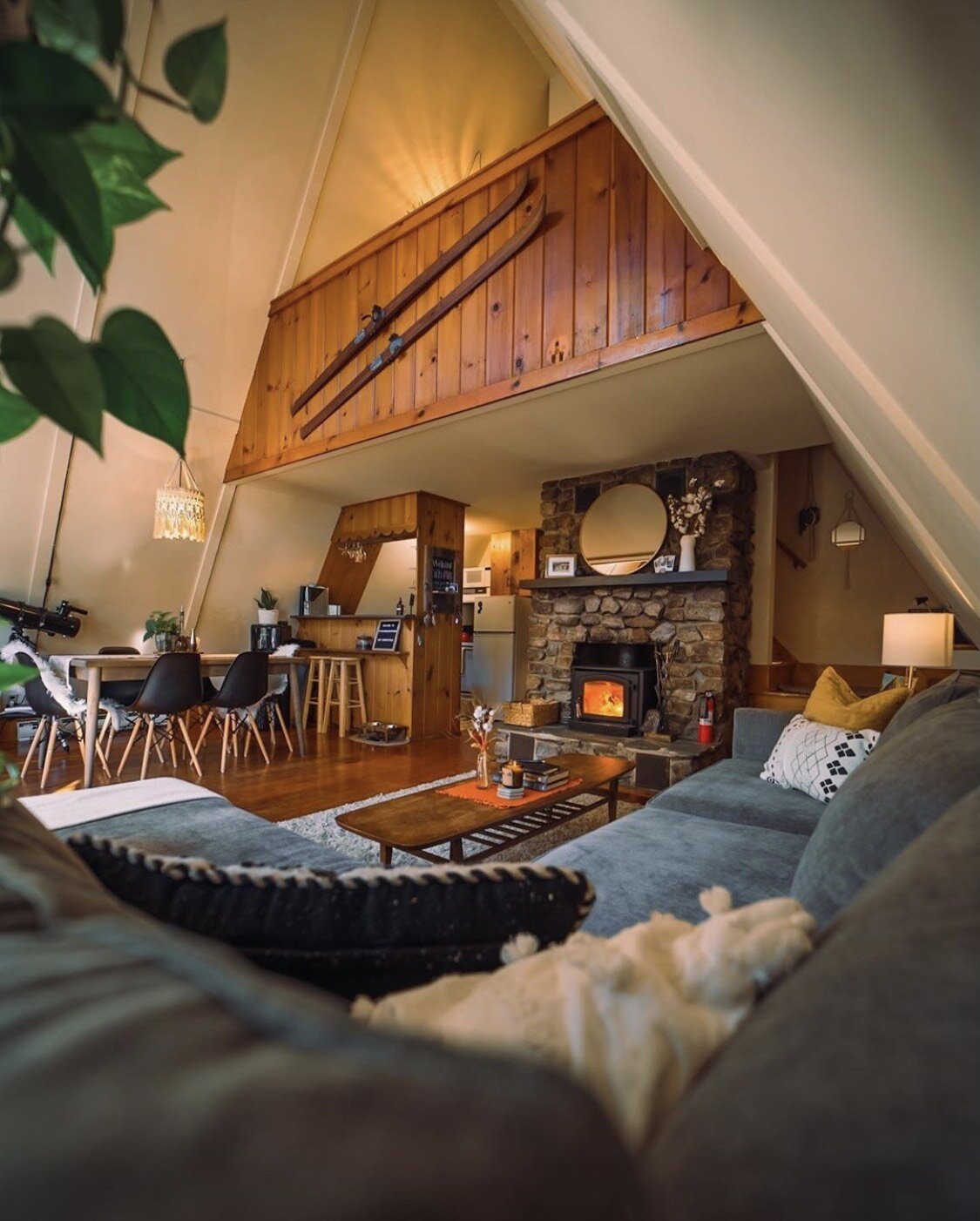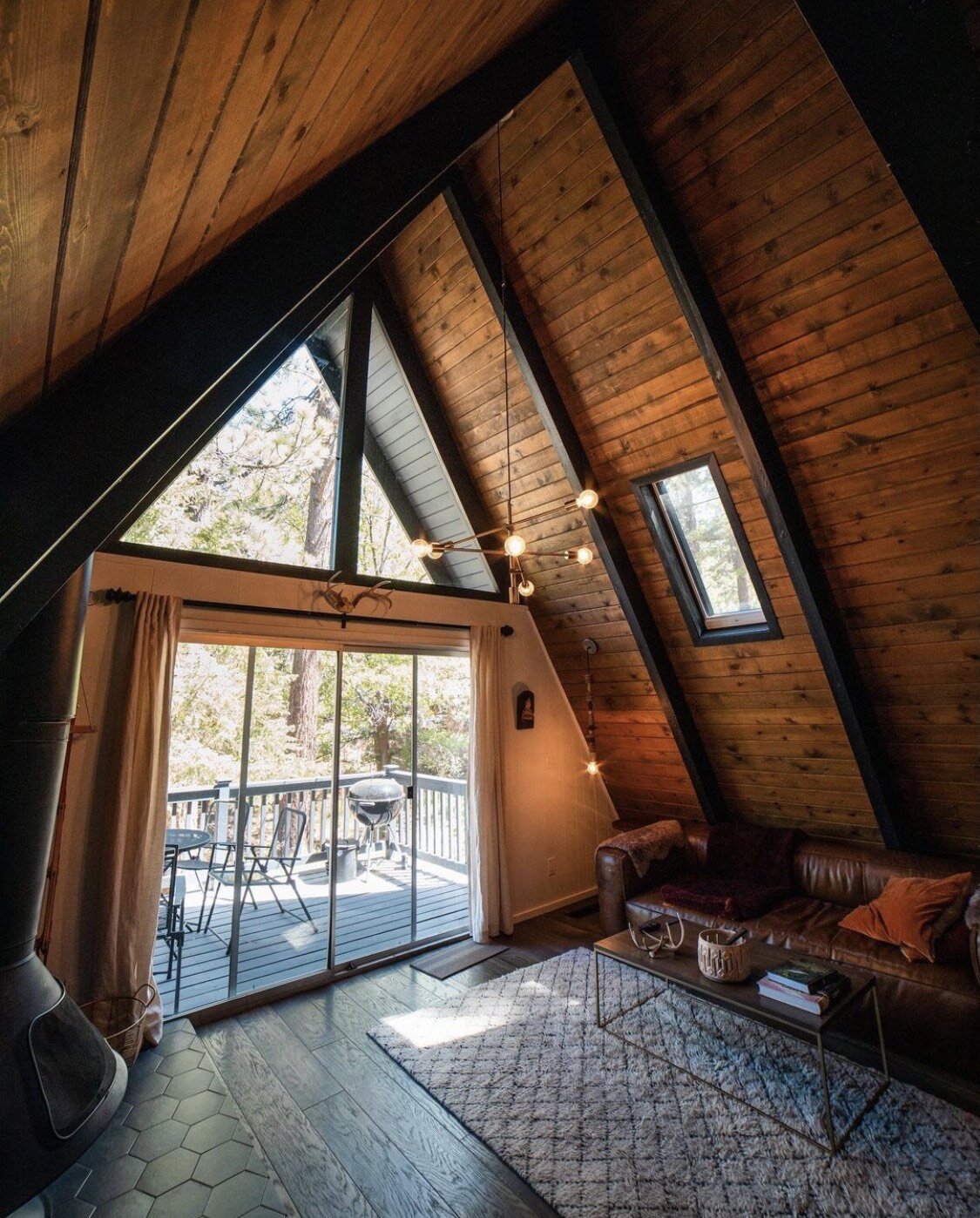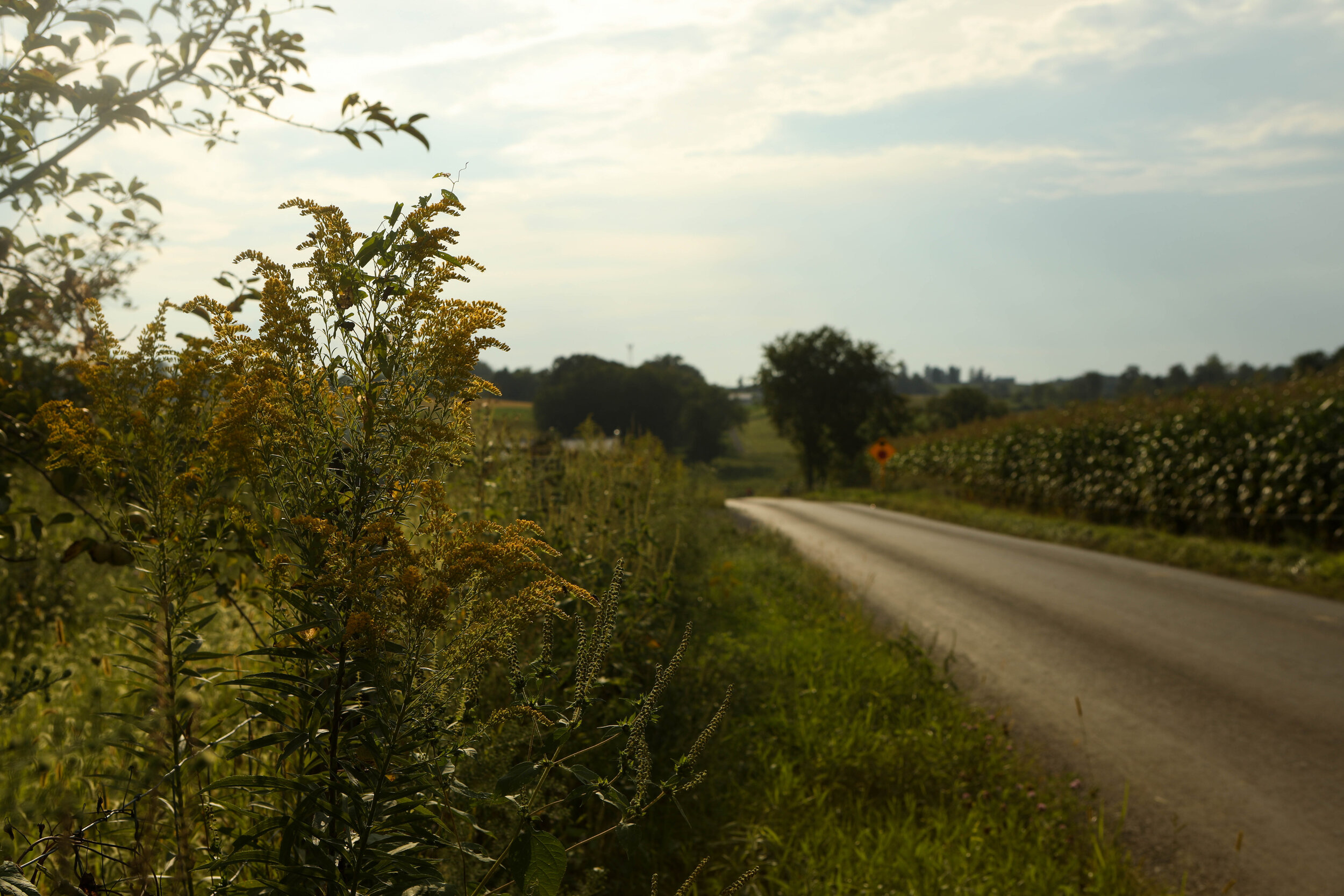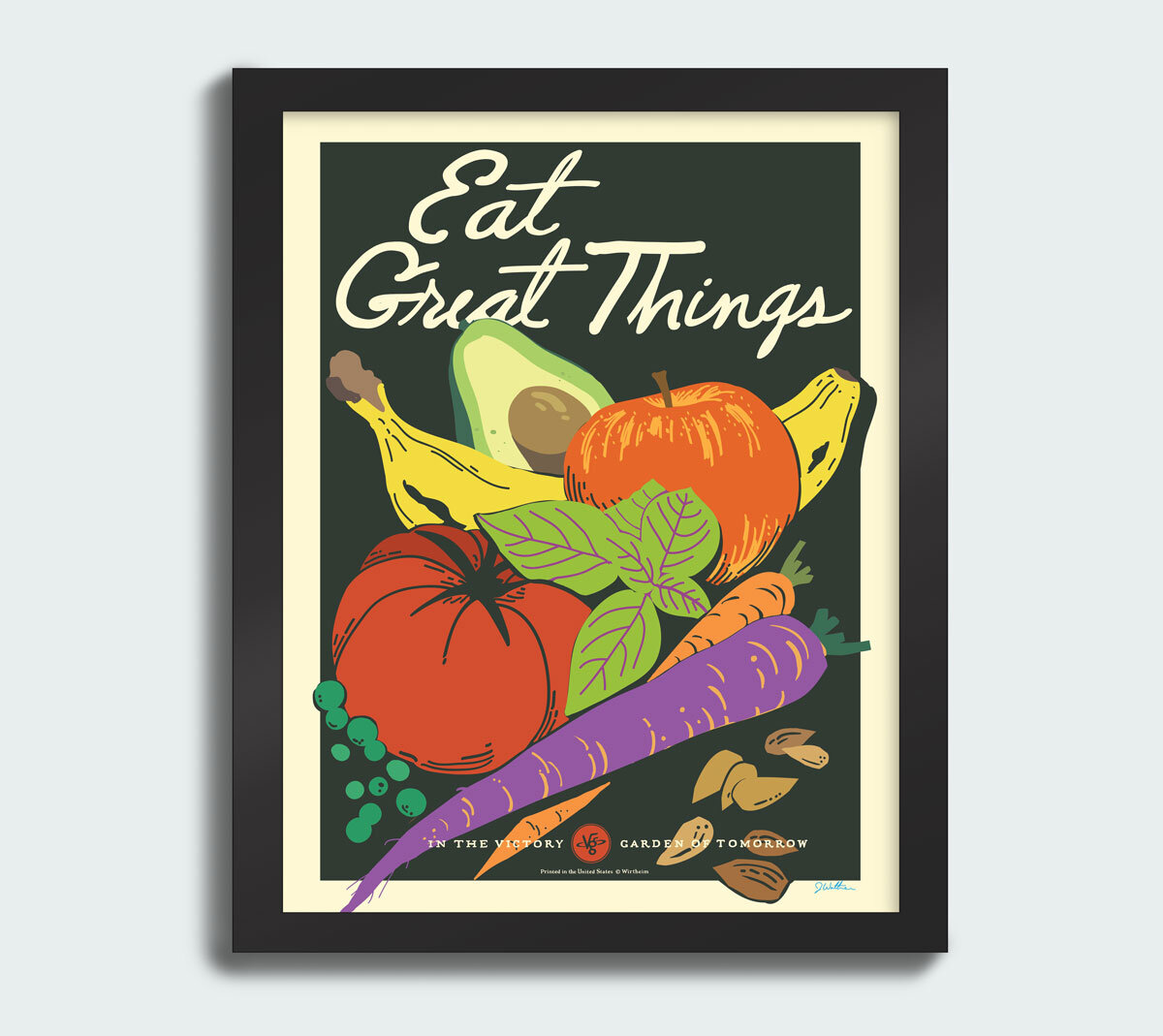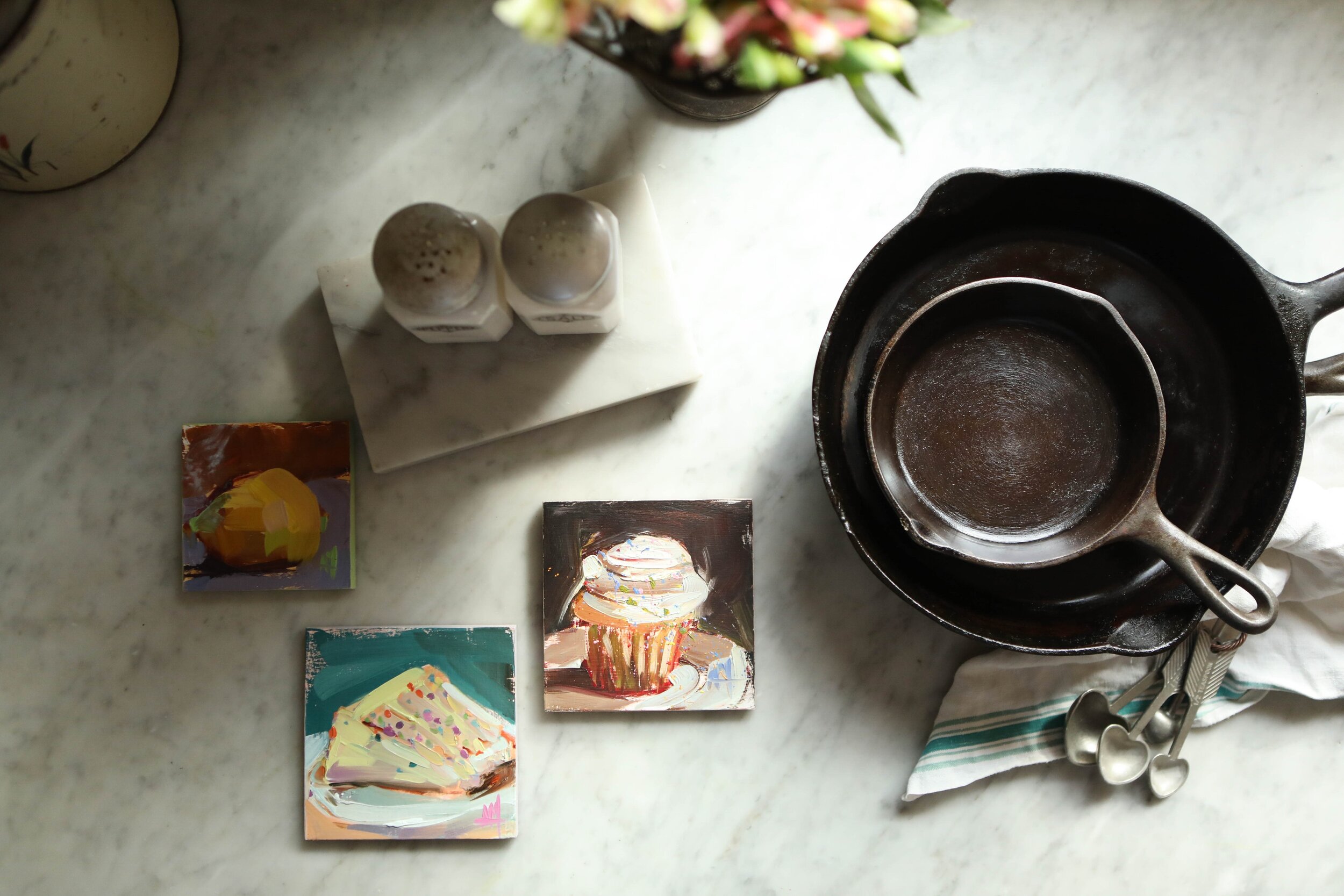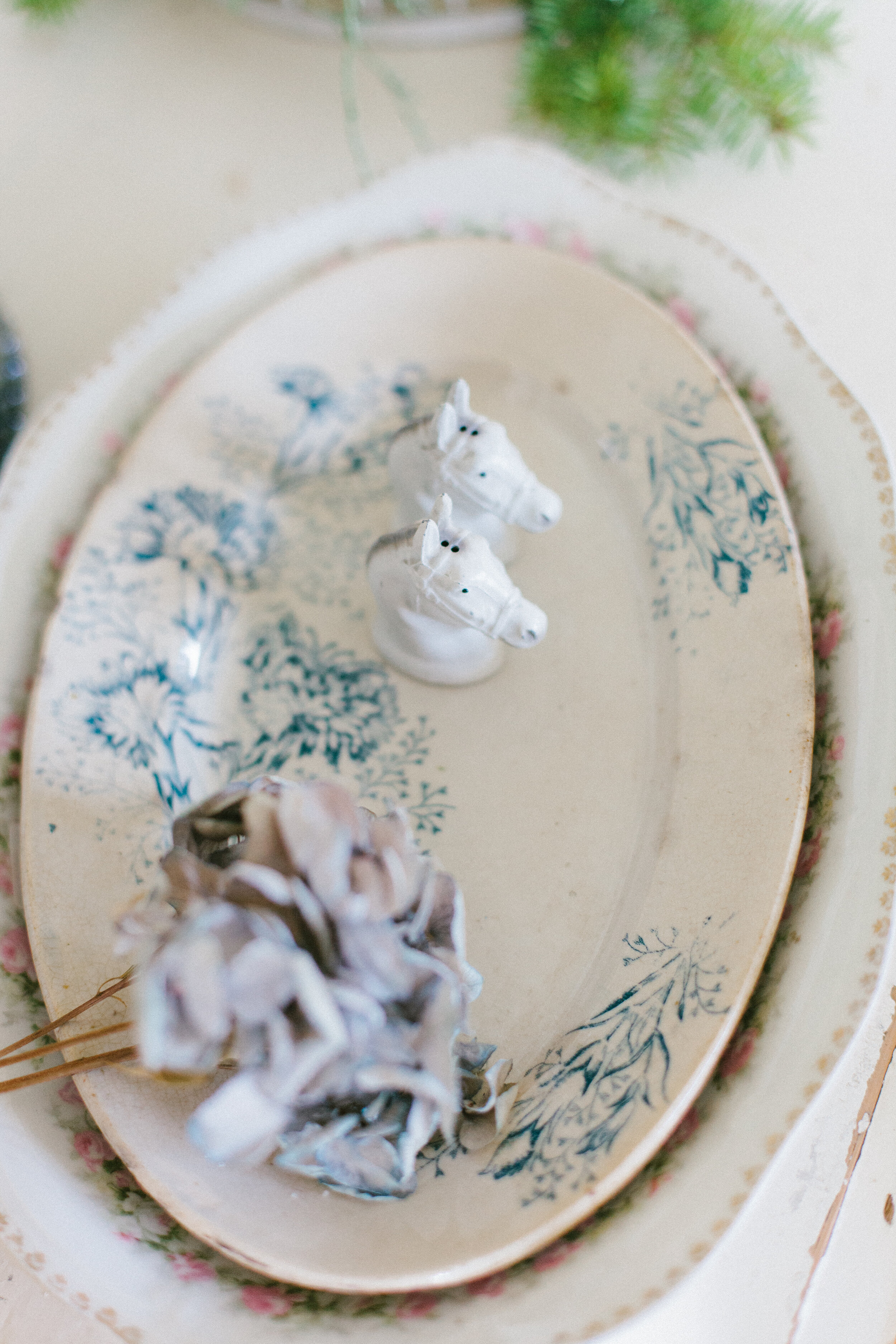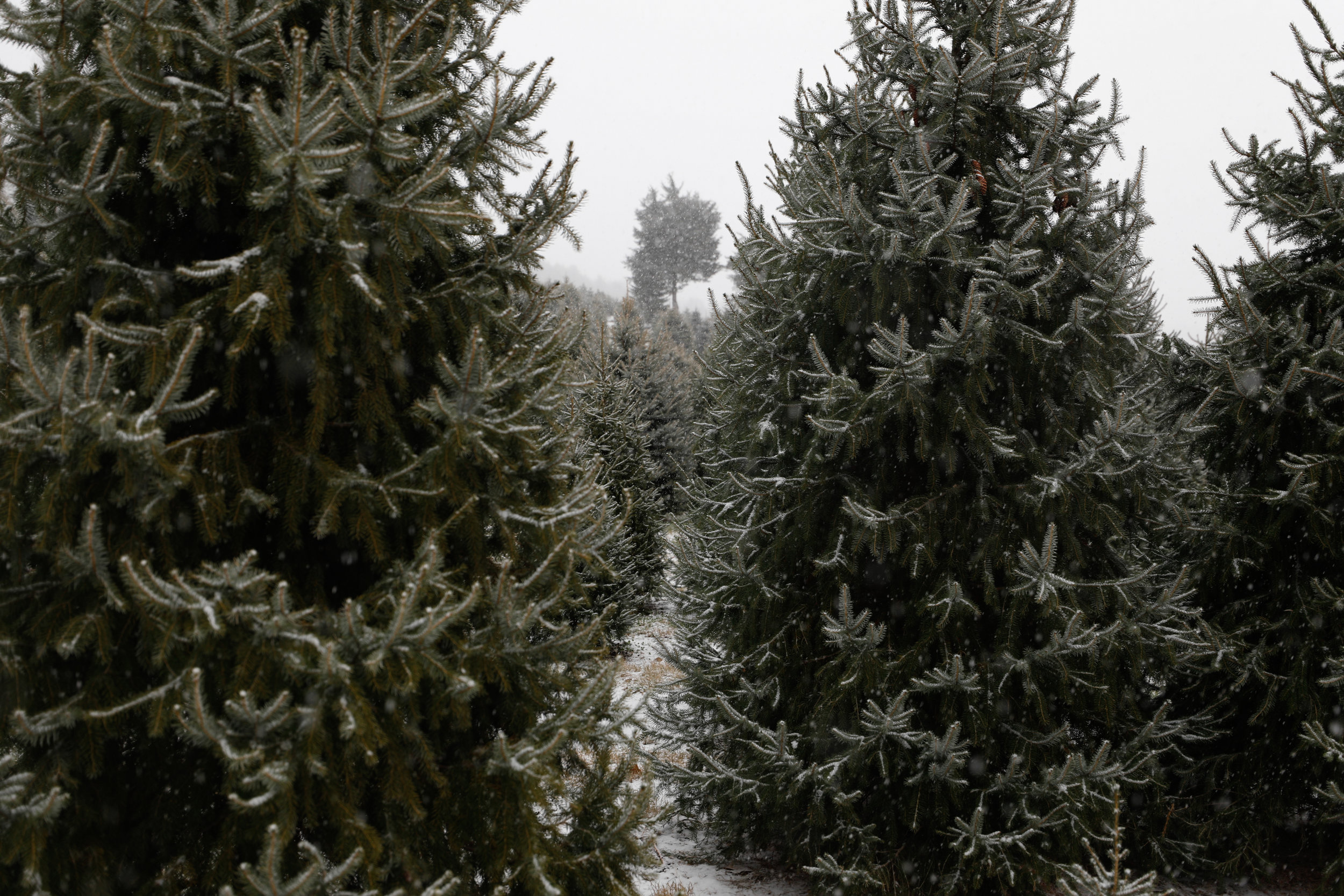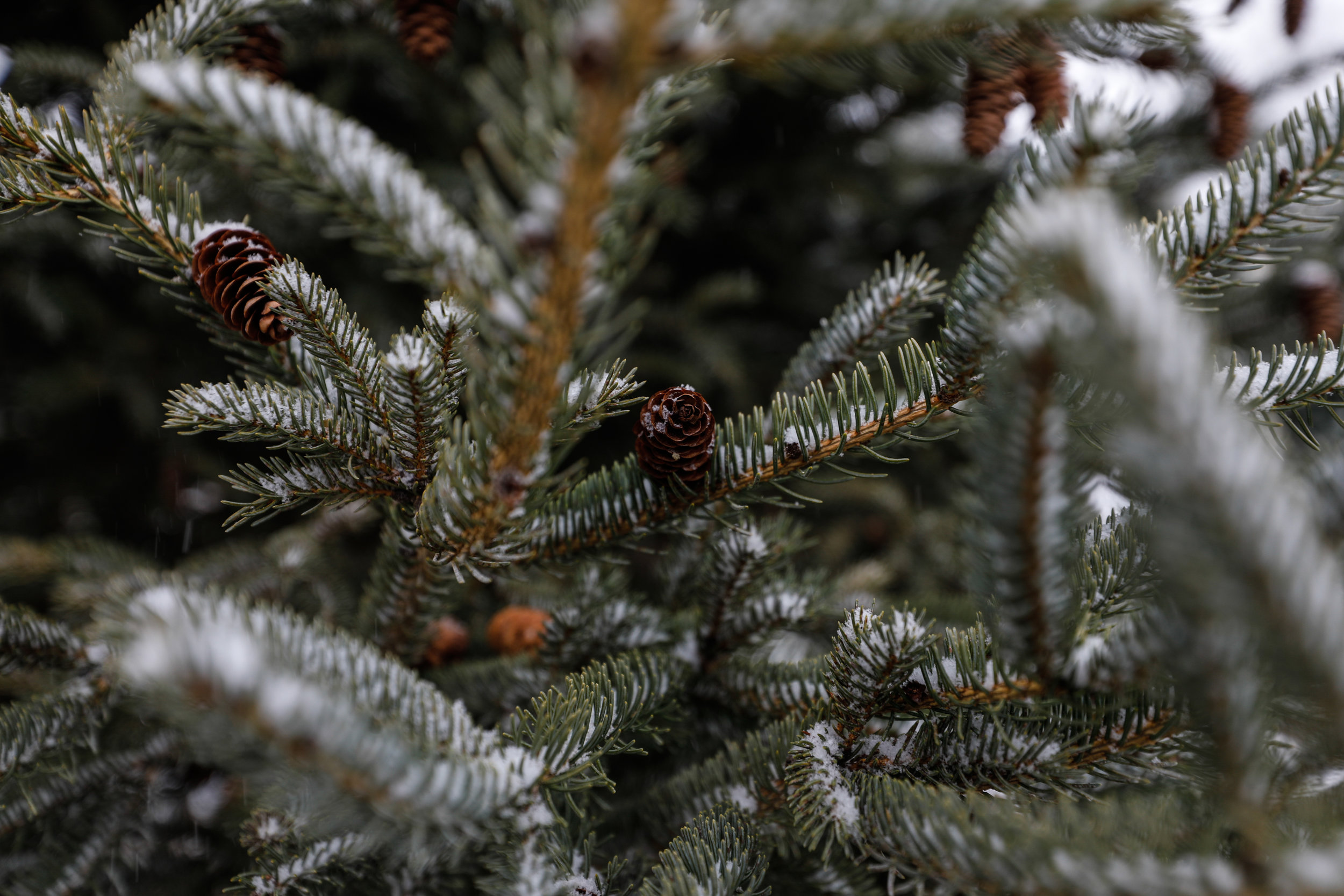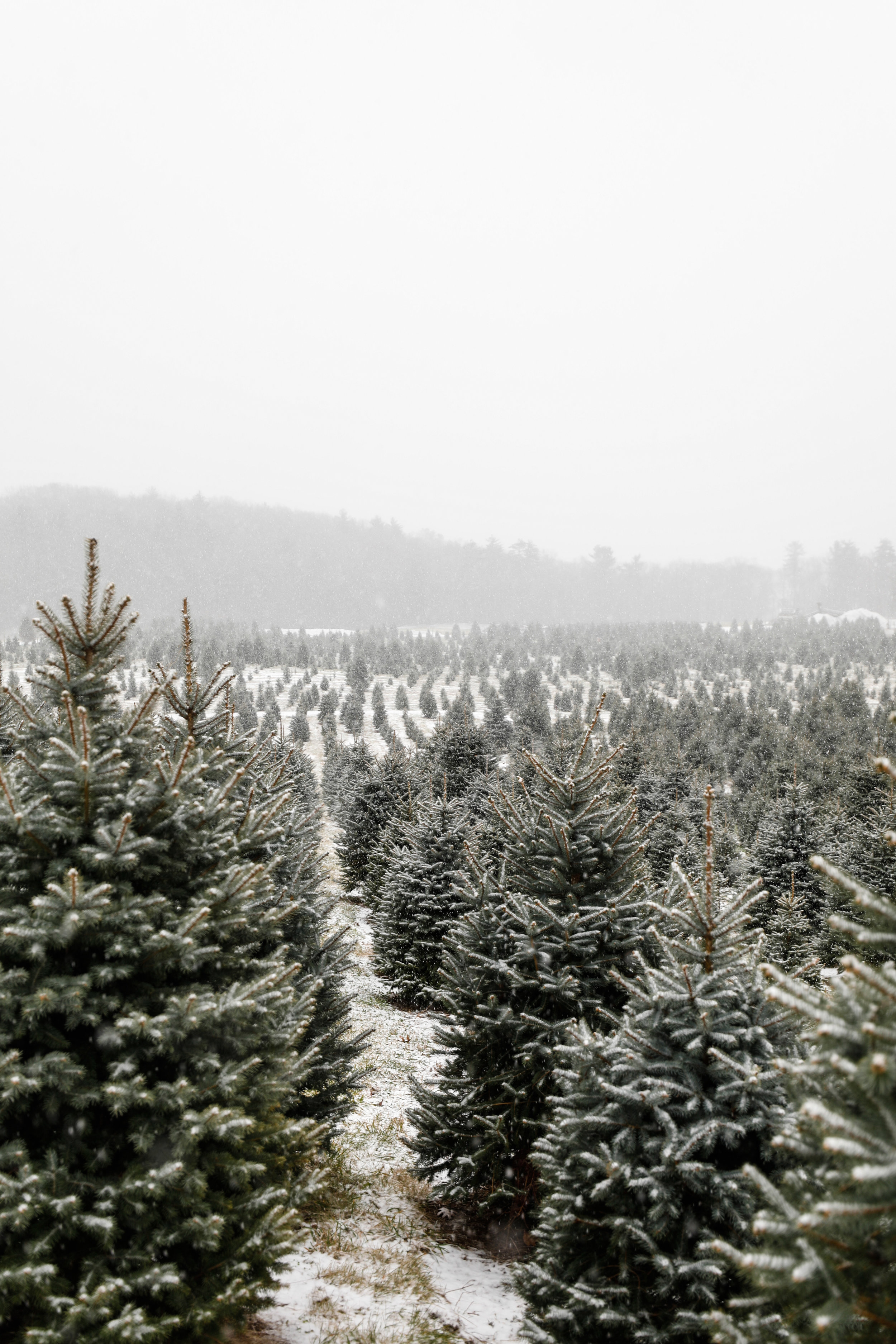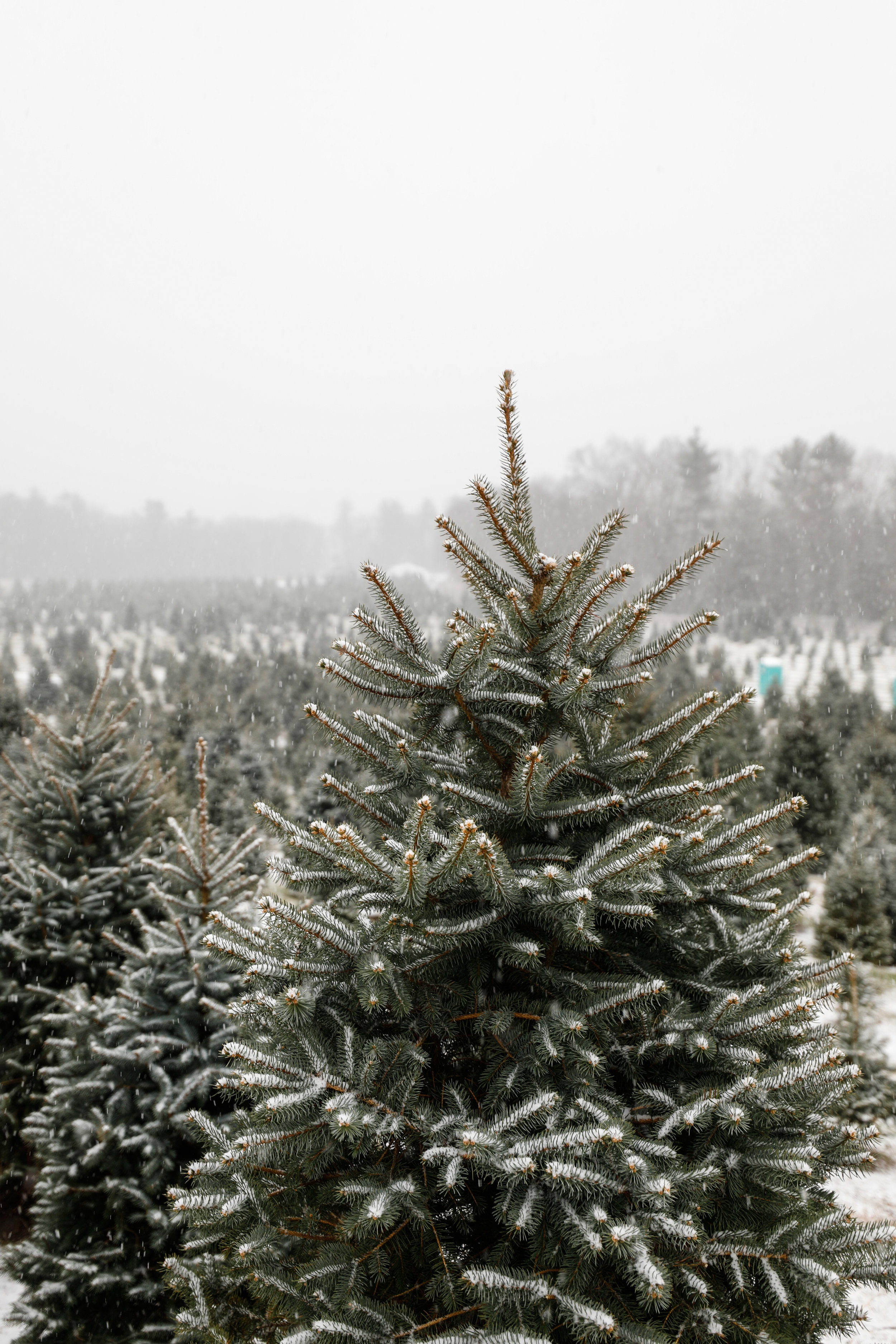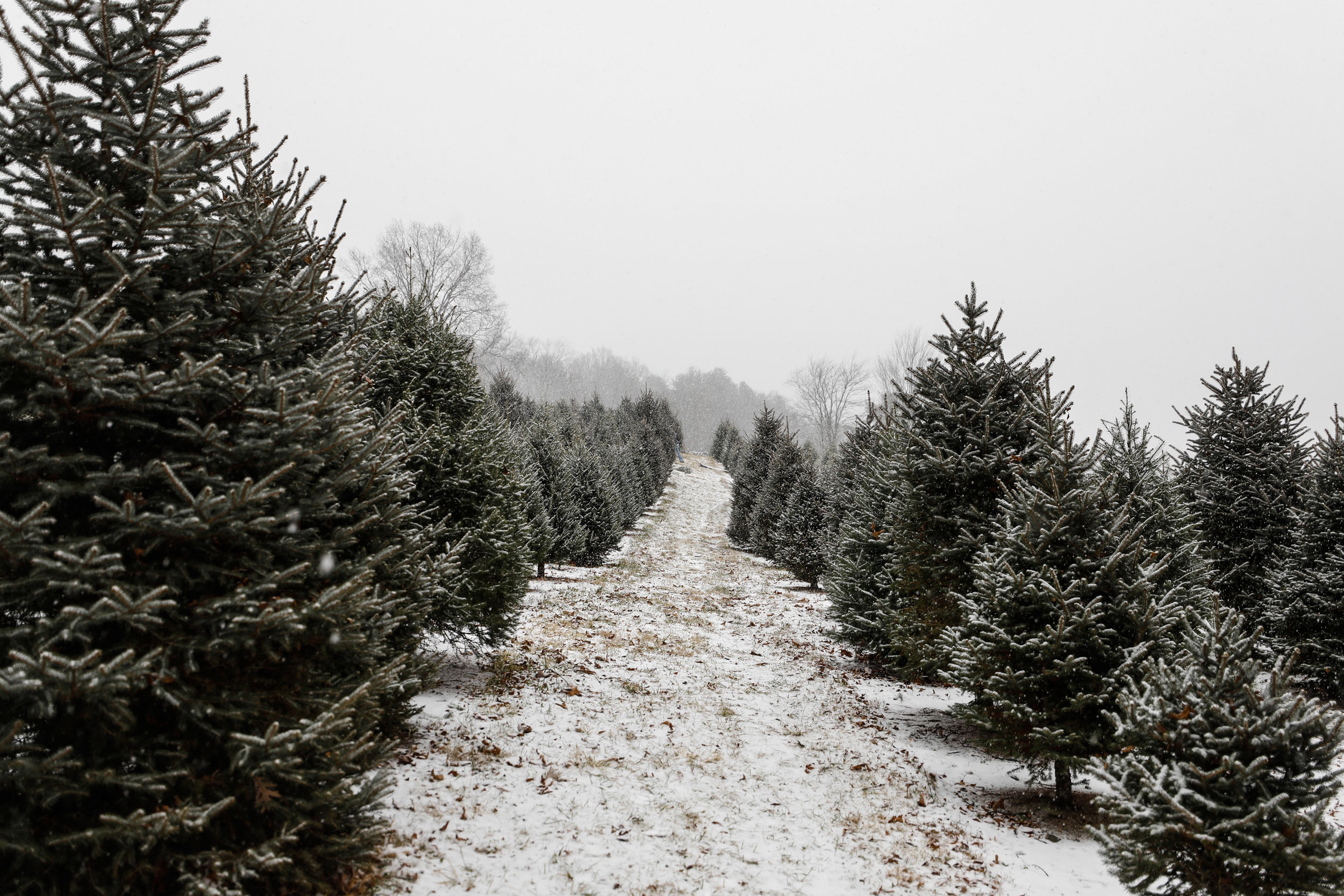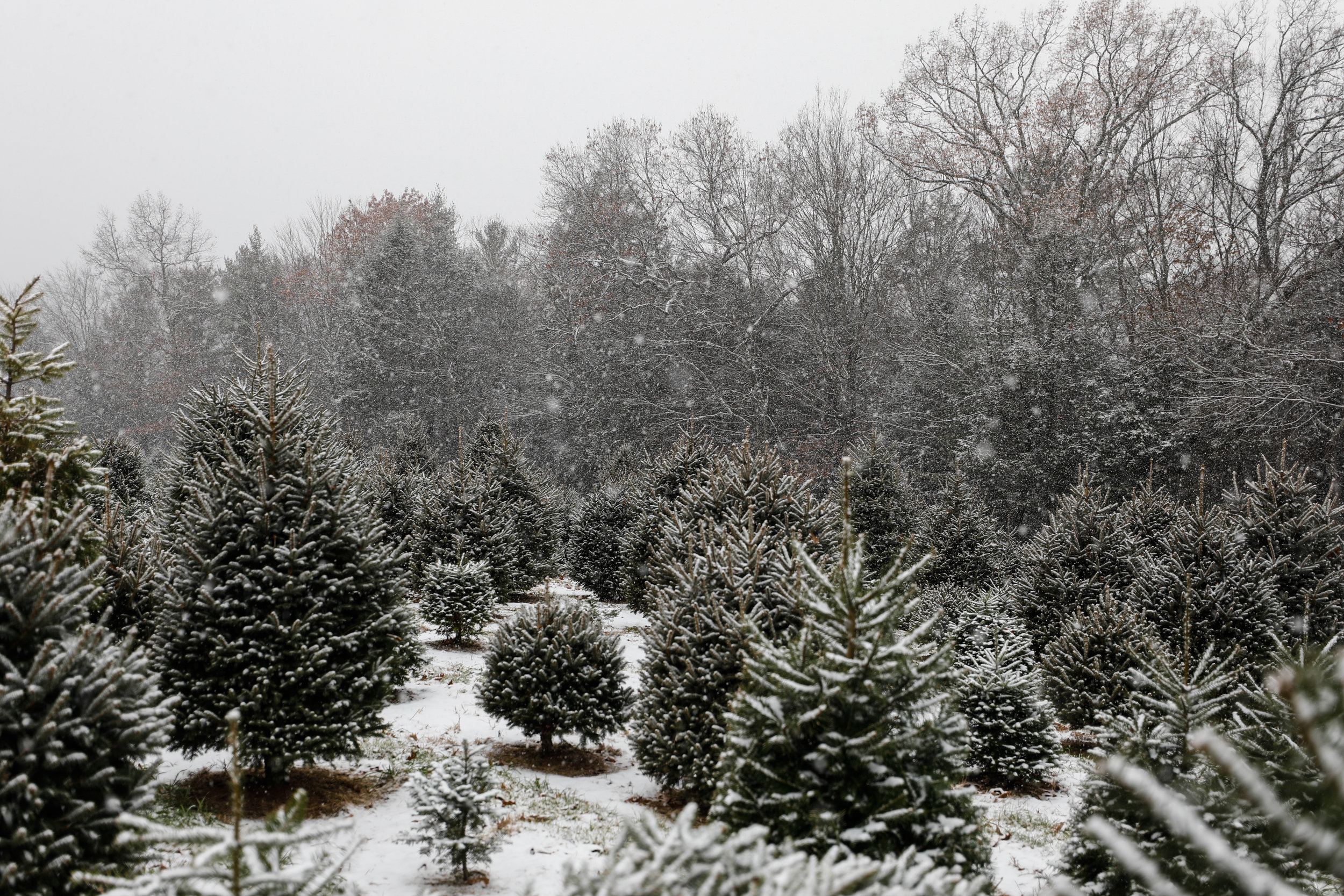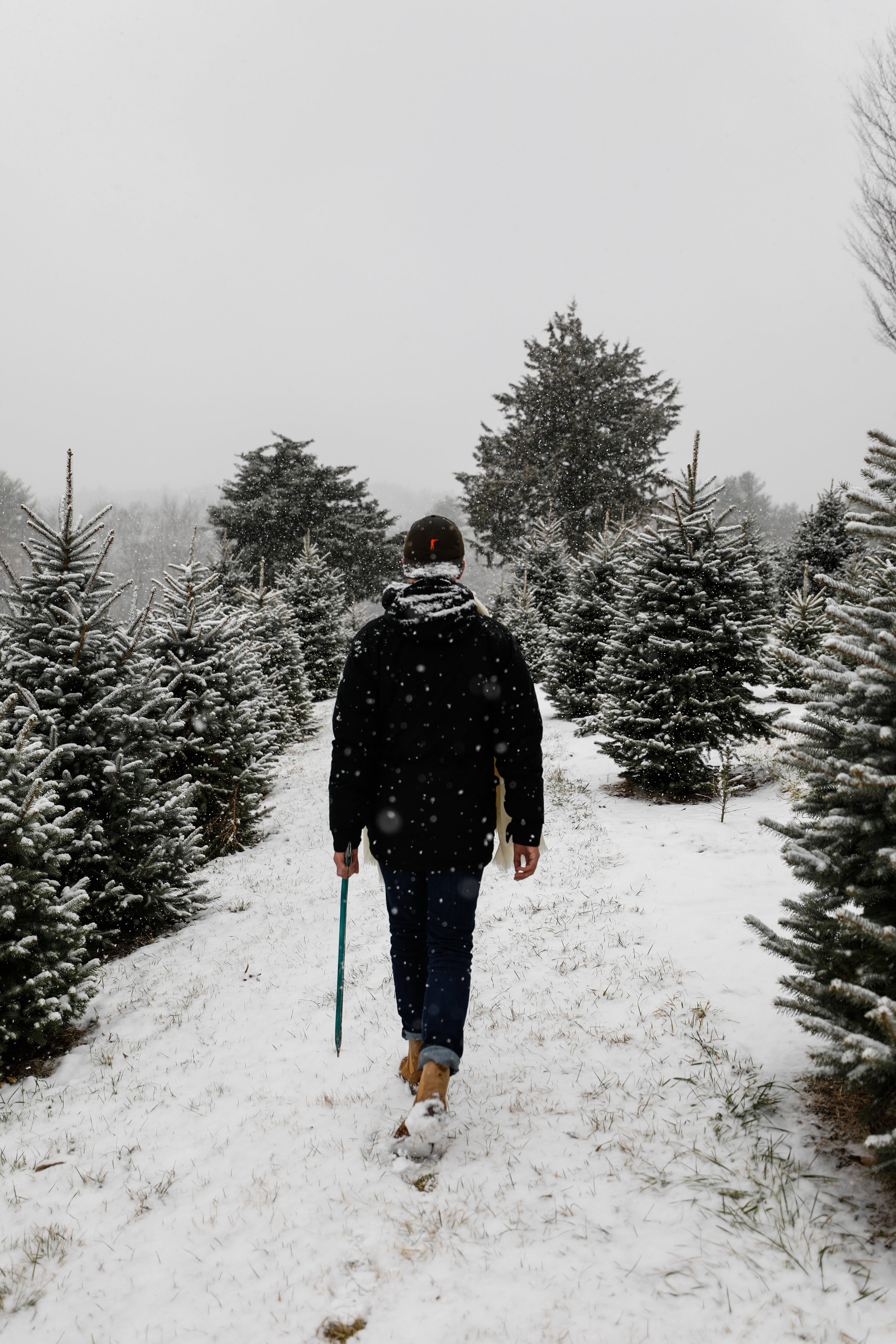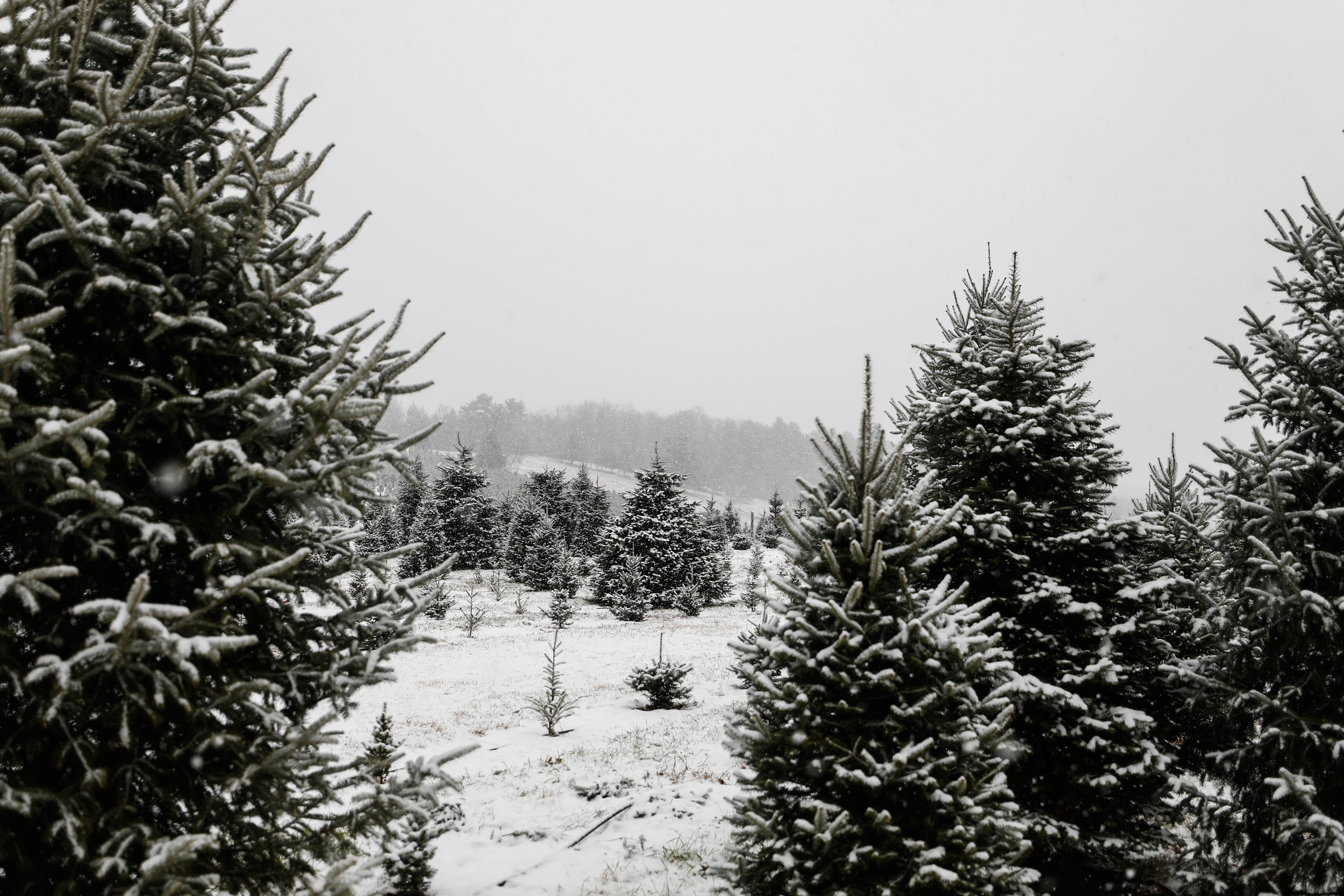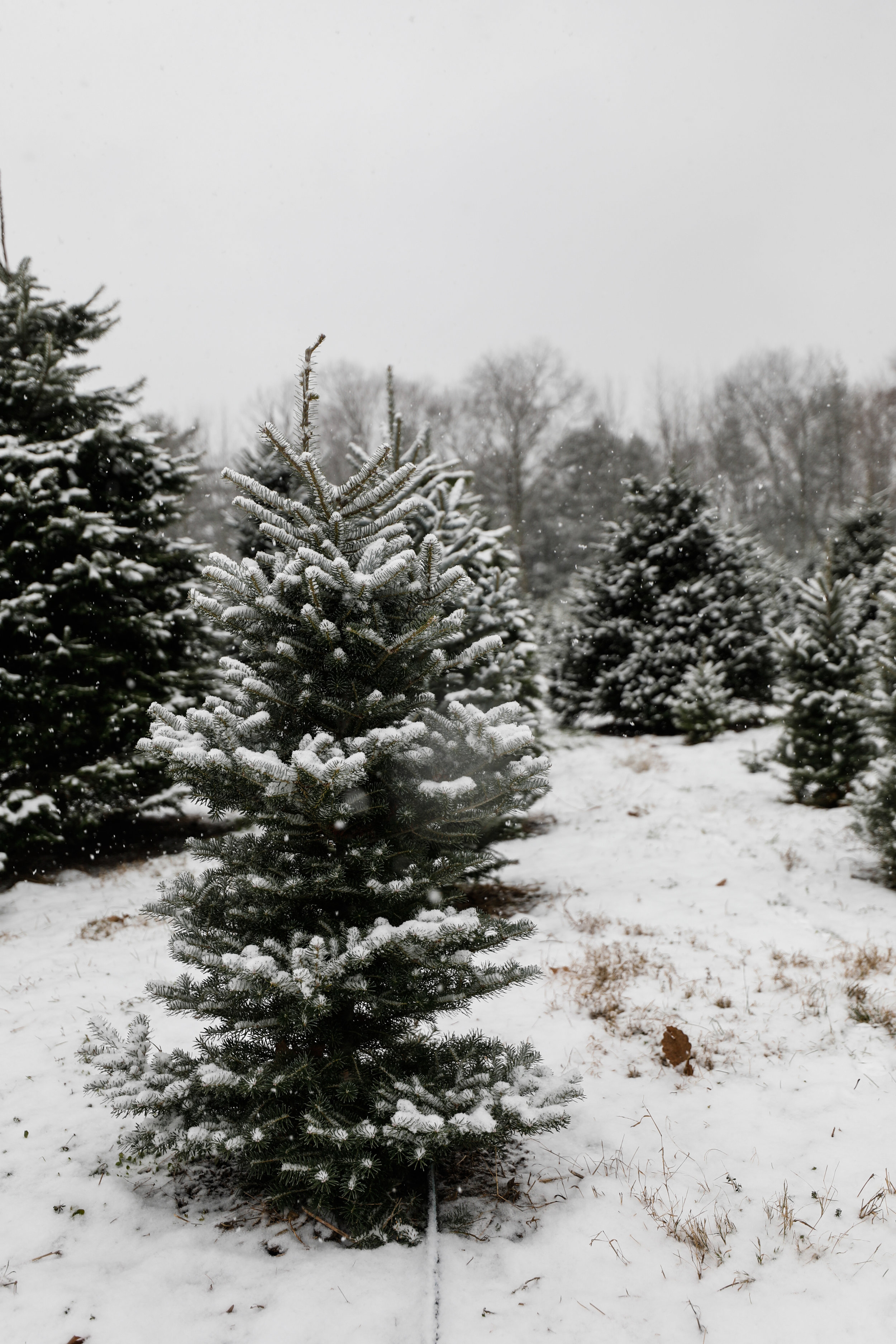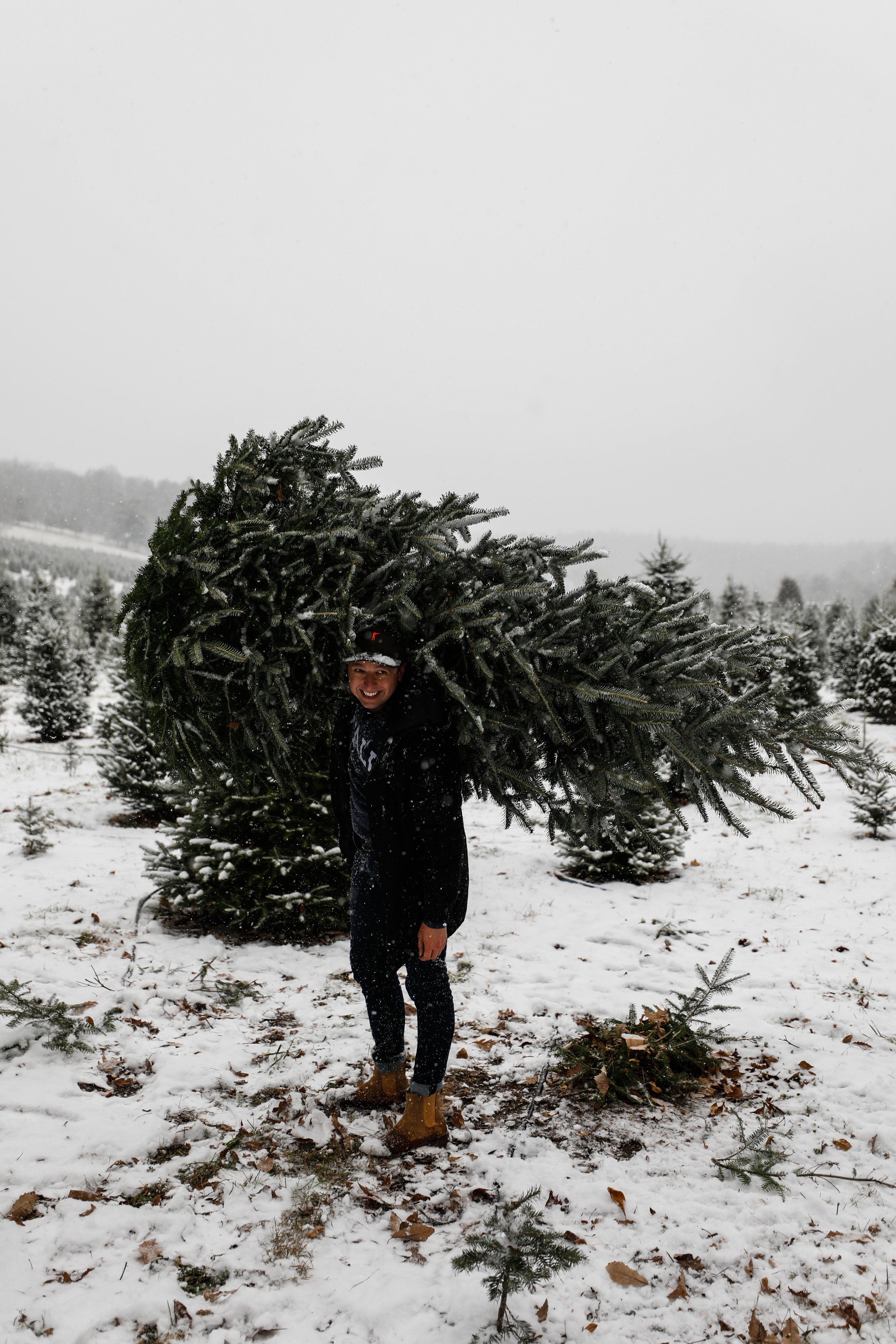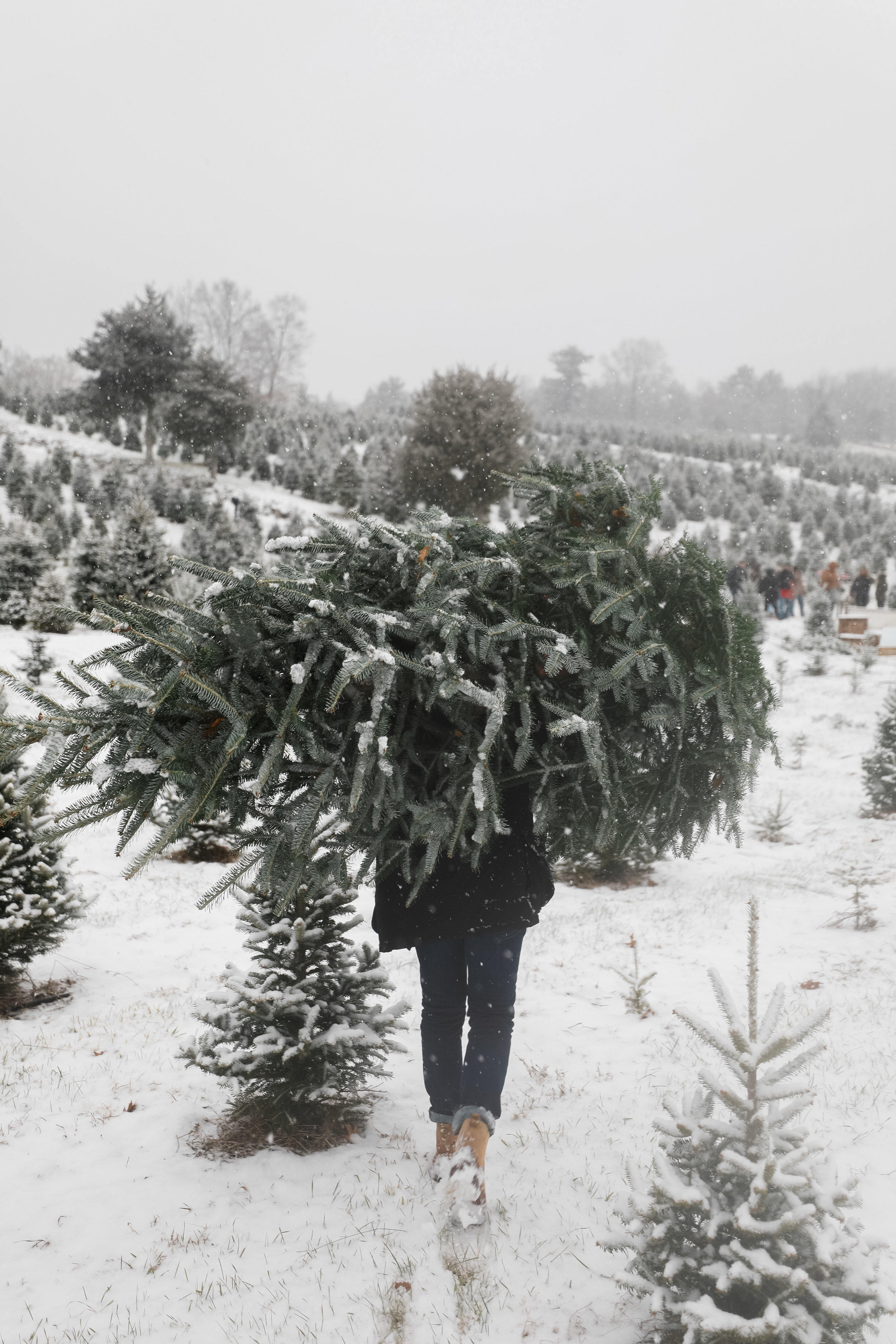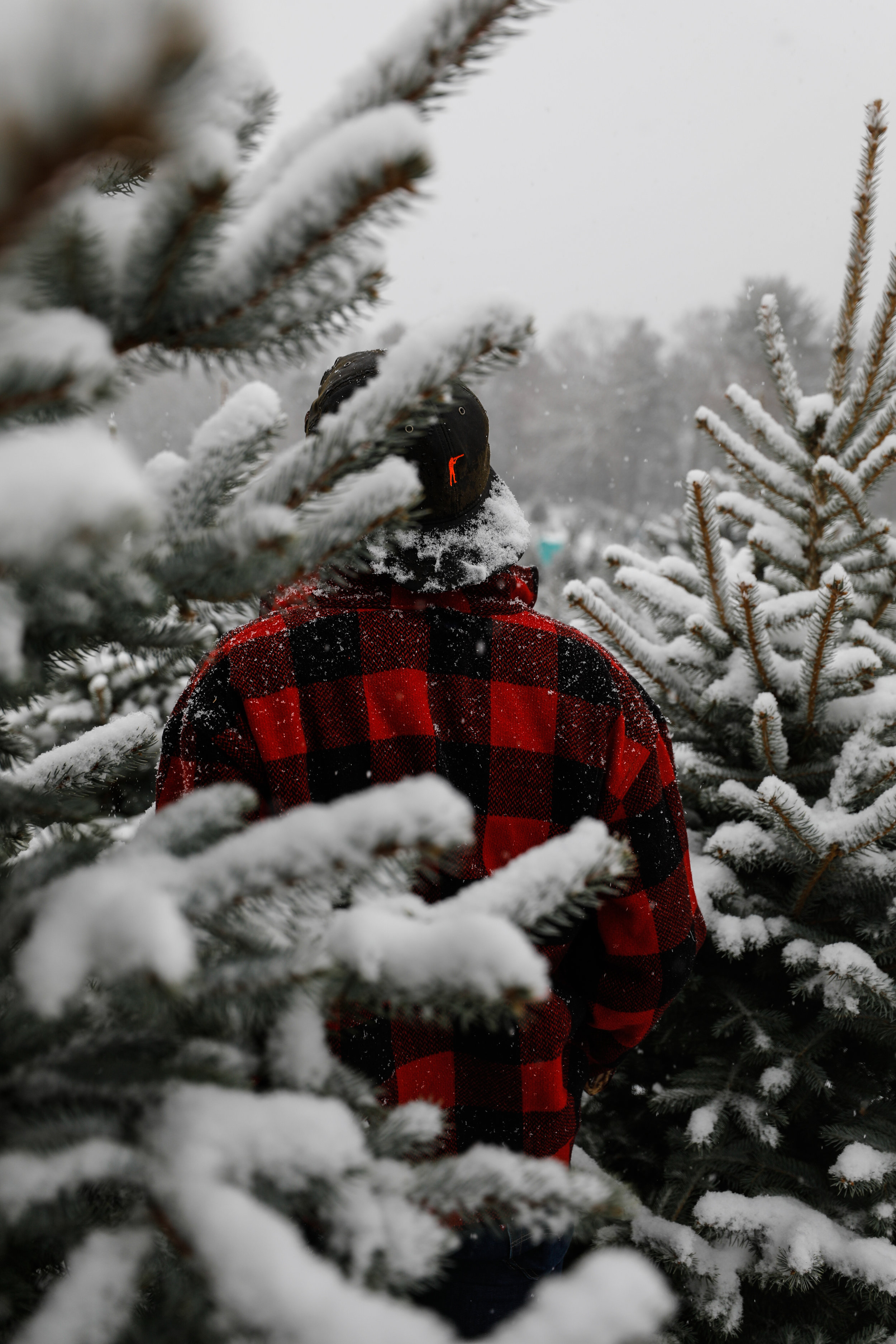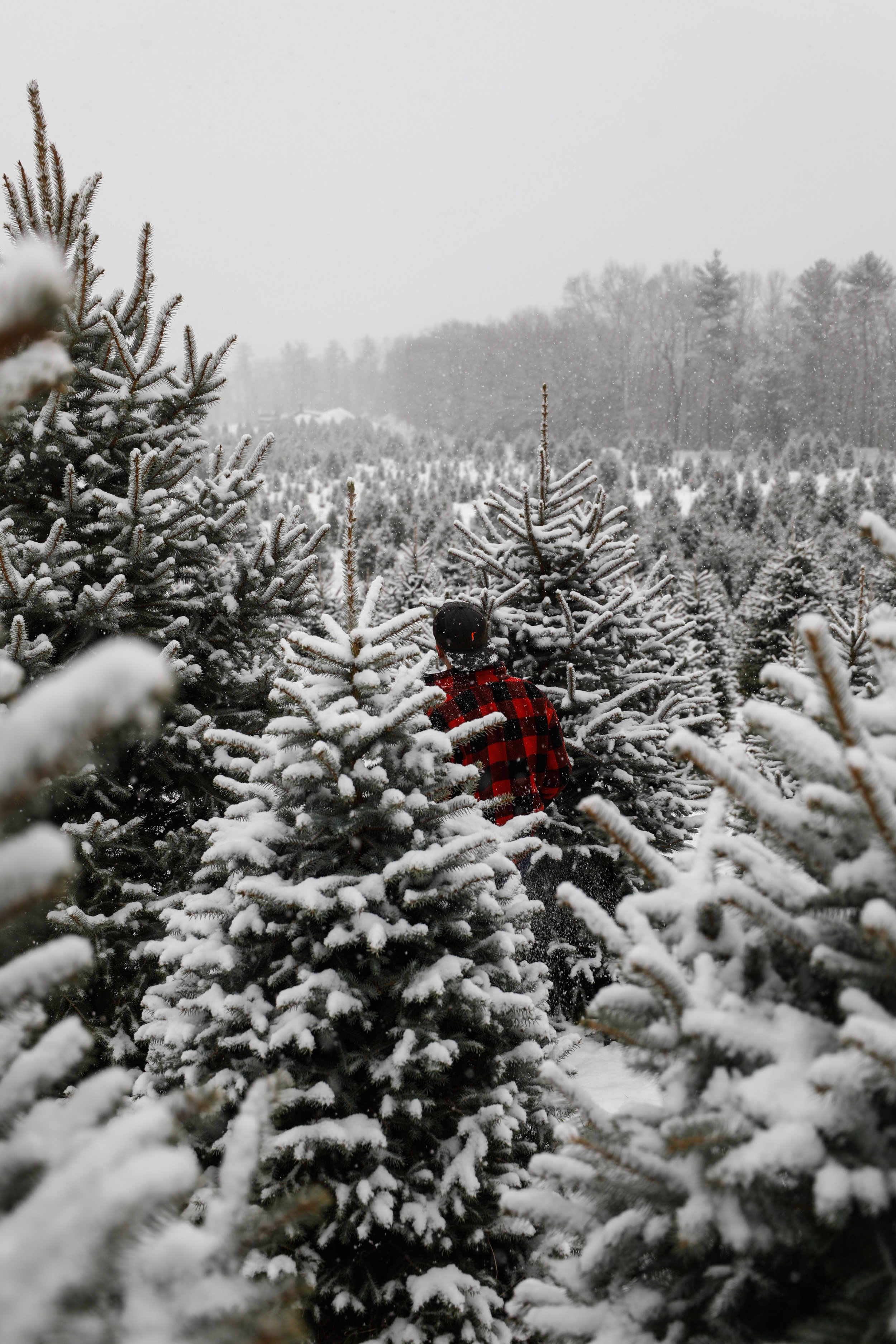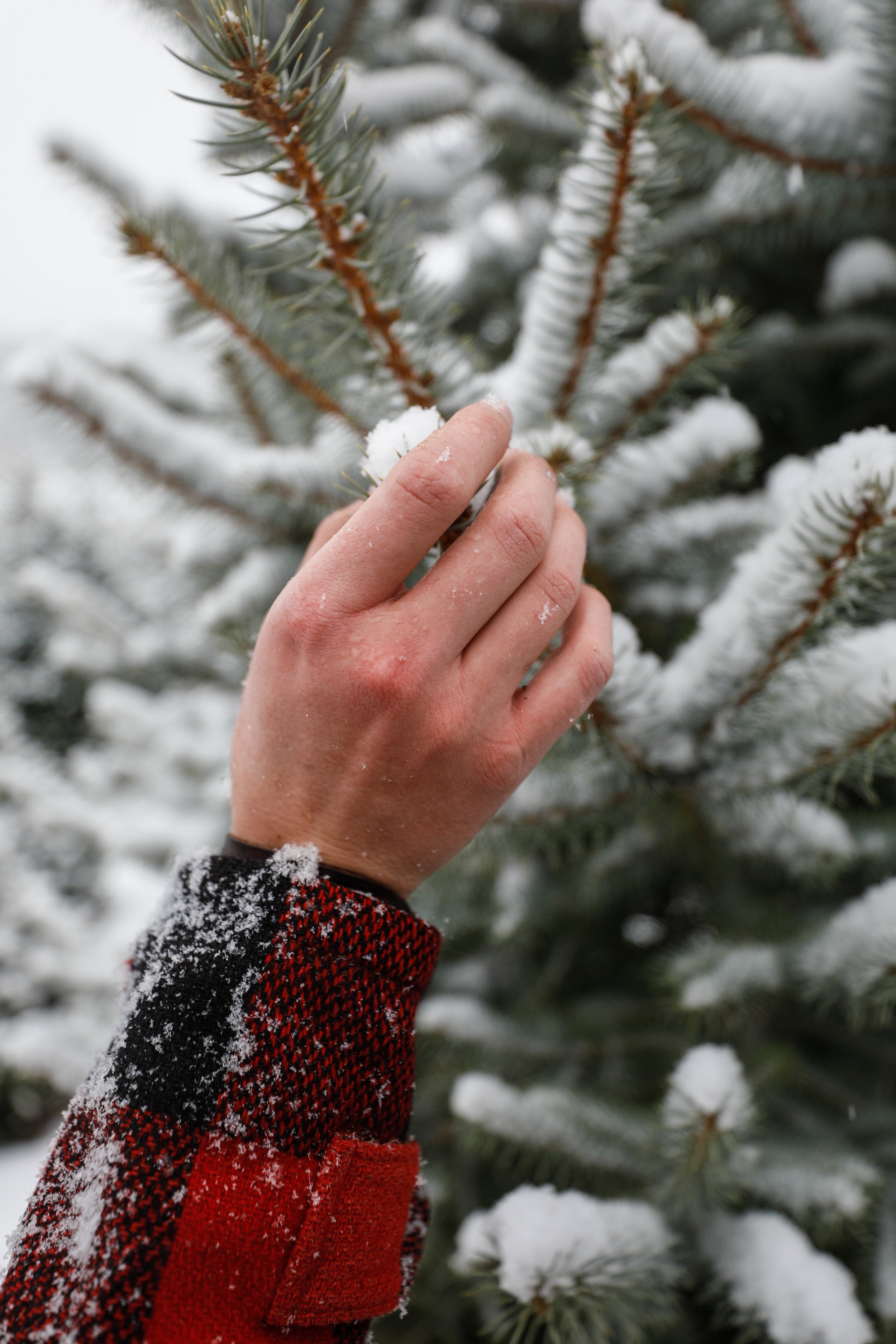The Cottagecore Baking Book Q&A
Ben Ashby
We first met Kayla of Under a Tin Roof in 2019 with the story we did on her and her homesteading in Iowa. A lot sure has changed since then, but Kayla remains committed to celebrating a homemade and homegrown way of life. in 2024 her second book was released and we asked her a few questions to learn more about THE COTTAGECORE BAKING BOOK
Tell us about the book and what inspired it. What all can we expect in the book.
My cookbook welcomes you to an enchanting escape into the realm of cottagecore baking, where rustic charm meets mouthwatering flavors. The book is inspired after the various different subgenres, or cores, that make up the aesthetic of cottagecore as a whole such as fairycore, hobbitcore, naturecore, goblincore, etc. Each recipe is unique and fun. Many of the recipes are geared towards beginner or amateur bakers, though there are a few more complicated recipes. My hope is that they are written in a way that makes it easy for a baker at any skill level to understand and achieve success. My passion for creating visually captivating recipes that are styled like a fantasy or fairytale are what makes this book different from other baking books, and I think that makes this cookbook something to be enjoyed even if you aren’t absolutely obsessed with baking and cooking like I am!
Who you are?
I am a recipe developer, cookbook author, video and content creator. I started my blog, Under A Tin Roof, in 2015. Then I mostly wrote about herbal folklore, indoor gardening, and baking bread. My content has bumbled and tumbled over the years, but growing and cooking food have always remained consistent topics for me. Now, my blog and video content mainly focus on living a cozy fantasy lifestyle. I love creating whimsical recipes, from savory to sweet, and romanticizing everyday life. My first cookbook (The Prairie Kitchen Cookbook) was released in June 2023, and my second cookbook (The Cottagecore Baking Book) was released in February 2024.
What inspires you?
So many things! I am constantly inspired by film and literature. I love stories set in the English countryside, and I am especially drawn to cozy fantasy stories. I love researching my family history and genealogical roots. As someone who does not have a close relationship with my extended family, I have had to do my own digging to learn more about where I came from. There is so much inspiration in learning more about your heritage, especially when it comes to cooking. Personally, I have roots mainly in Eastern Europe (Poland, Lithuania, Russia), Germany and The Netherlands, Scandinavia (Denmark and Sweden), and the UK (England, Scotland, and Ireland). It’s a big mix, but it leaves me with a lot of places to learn more about domestic traditions that were never passed down to me.
What drives your creativity?
I truly believe my creativity and drive comes from my neurodiversity. I am AuDHD, and I have entirely built my business around my special interests. I love cottagecore style and home decor, I love whimsical and frilly cakes and pastries, and I love learning about domestic history. Because I am so deeply invested by this deep passion for learning more and trying new things, I can’t help but work on it.
What do you want to do/hope to do?
I often have lofty dreams and ambitions, but this year I am trying to focus on narrowing down my work so that I can put more effort into working on quality projects. I miss blogging and feel that it was put on the back burner as social media and short form video content has been on the rise, plus writing two books took a lot of blogging time off of my hands! I think, at the least, I am looking forward to putting more effort into my website again and building an audience on YouTube. As for big dreams… It would be wonderful to be part of a television series. I have been approached a few times, but it never amounts to anything. Perhaps one day a streaming service or television network will think that a cozy, silent cooking show sounds like a good idea!
What aesthetic/lifestyle do you identify with most?
I want to say cottagecore, but I think “Cozy Fantasy” fits me best. I love magical stories and quirky characters. I rather like to think of myself as one.
For the book, what is your favorite recipe in it? What do you hope people take away from reading it/cooking with it?
My favorite recipe in the book is definitely the Pink Lady Cake! It’s absolutely delicious and I love that it is made with real strawberries to flavor the cake and the frosting. I hope that people enjoy the beauty of baking while they create from the book, and that they feel even a small touch of romanticizing the little things. I hope that they feel a warm hug from me in their own cozy cottage kitchens.































